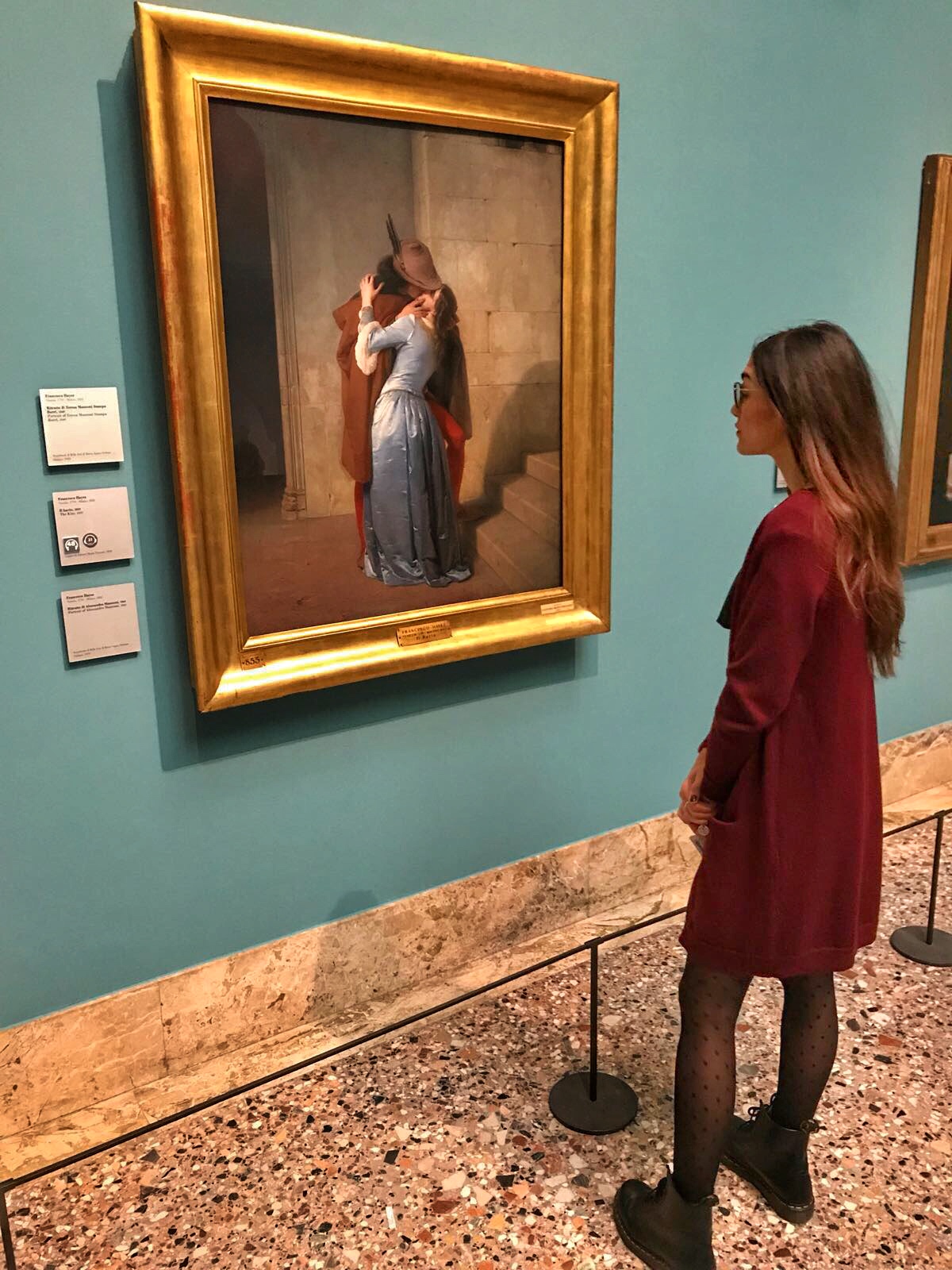
Hi Hive friends, how are you?
For those of you, like me, who are eagerly waiting for the holidays, here’s a
new post about one of the most famous cities in Italy — and surprisingly, I
hadn’t introduced it to you yet!
Let me start with a little riddle: it’s known worldwide for fashion and runways...
Can you guess? That’s right: Milan!
I’m not sure why I’ve never written a post about this city before. I’ve visited it
about ten times, for both study and leisure, and every time I’ve found it more
beautiful than the last.
So... why not bring a bit of its culture here too?
Ciao amici di Hive, come state?
Per chi, come me, sta aspettando con ansia le ferie, oggi vi porto un nuovo articolo
dedicato a una delle città più famose d’Italia, che – incredibilmente – non vi avevo
ancora presentato!
Potrei iniziare con un indovinello: è conosciuta in tutto il mondo per la moda e le sue
passerelle… Avete indovinato? Esatto: Milano!
Non so come mai non abbia mai scritto un post su questa città. Eppure l’ho visitata
una decina di volte, per motivi di studio e di svago, e ogni volta mi è sembrata ancora
più affascinante della precedente.
Quindi… perché non portarvi un po’ della sua cultura anche qui?
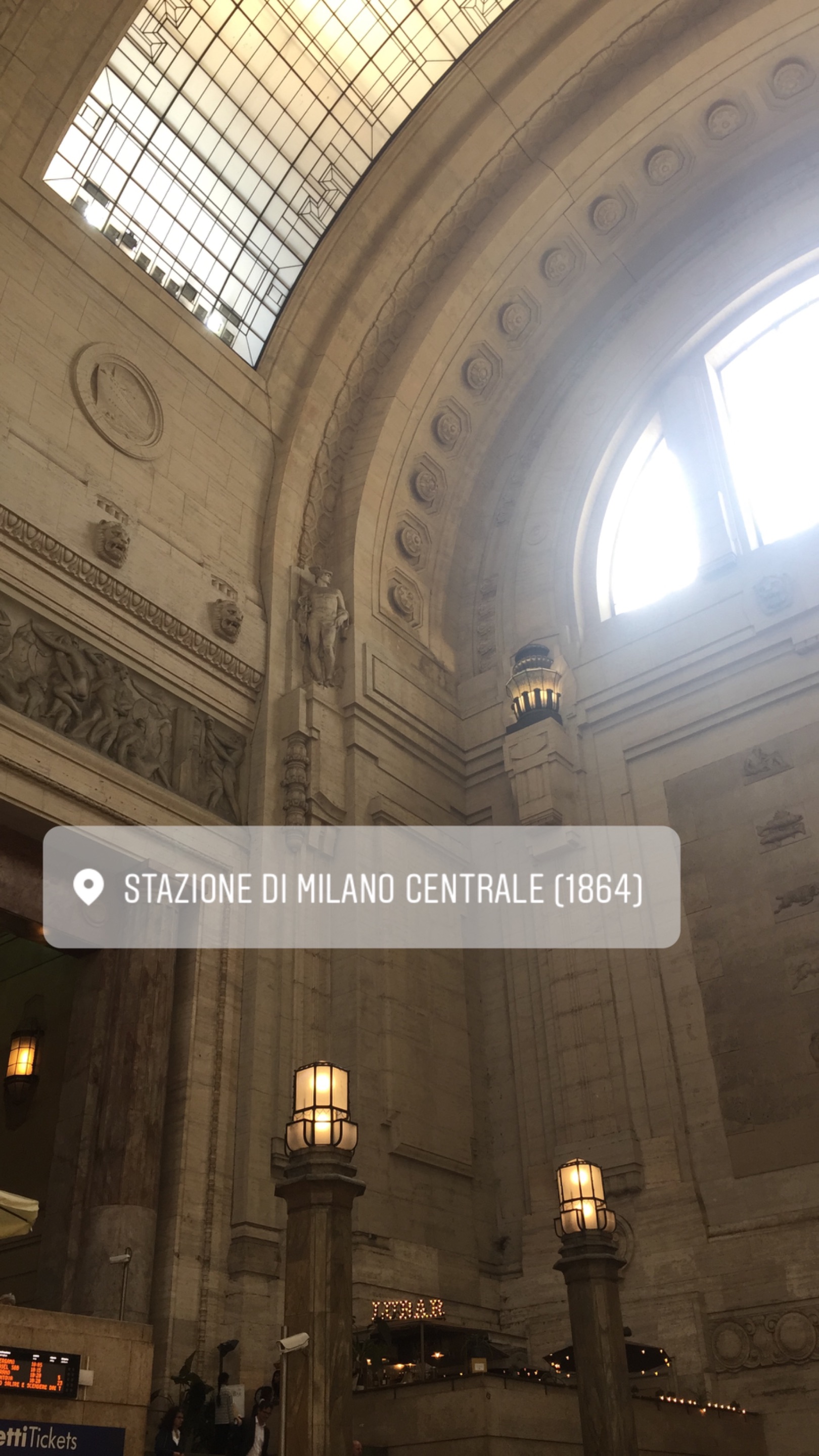
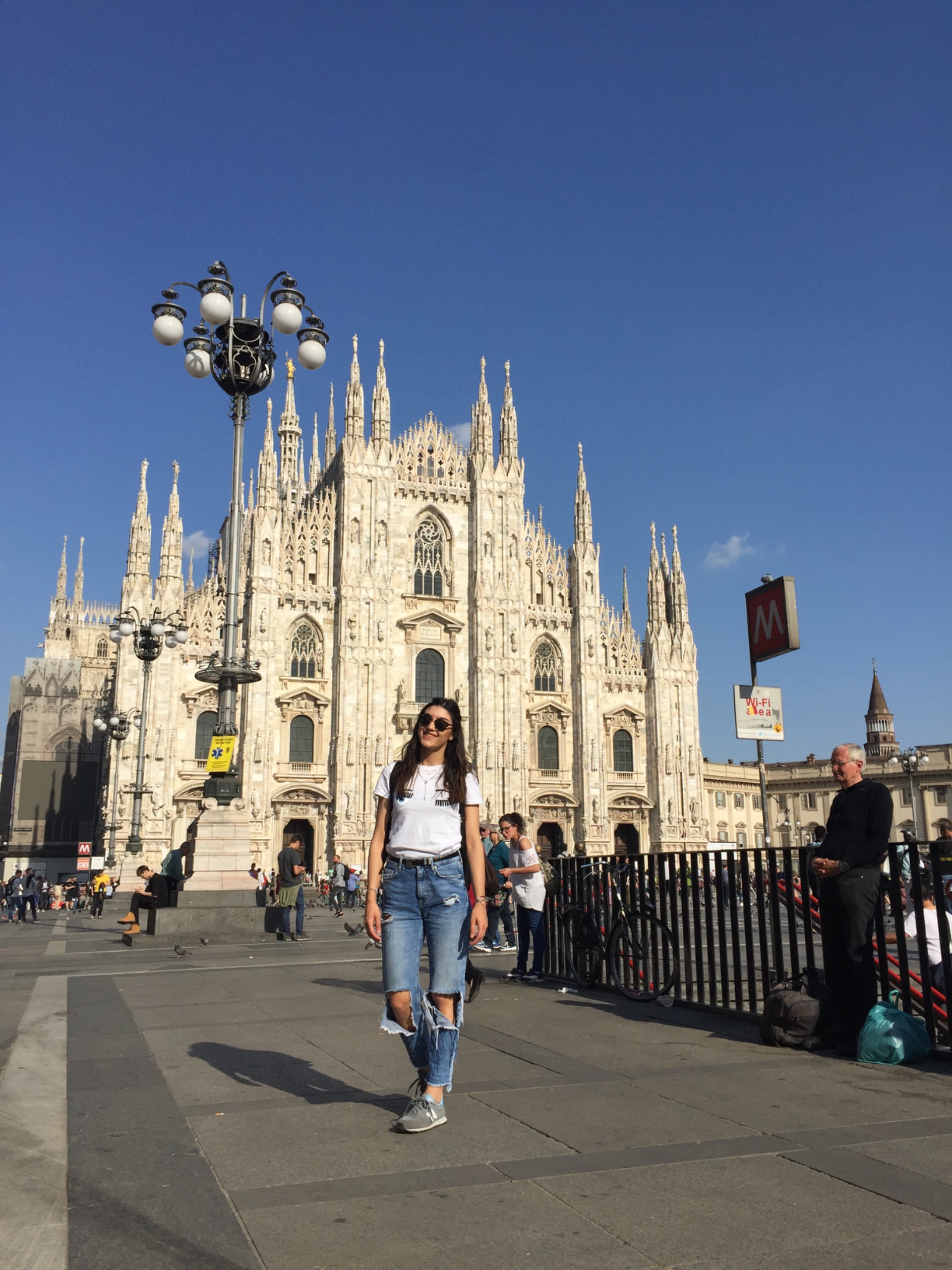
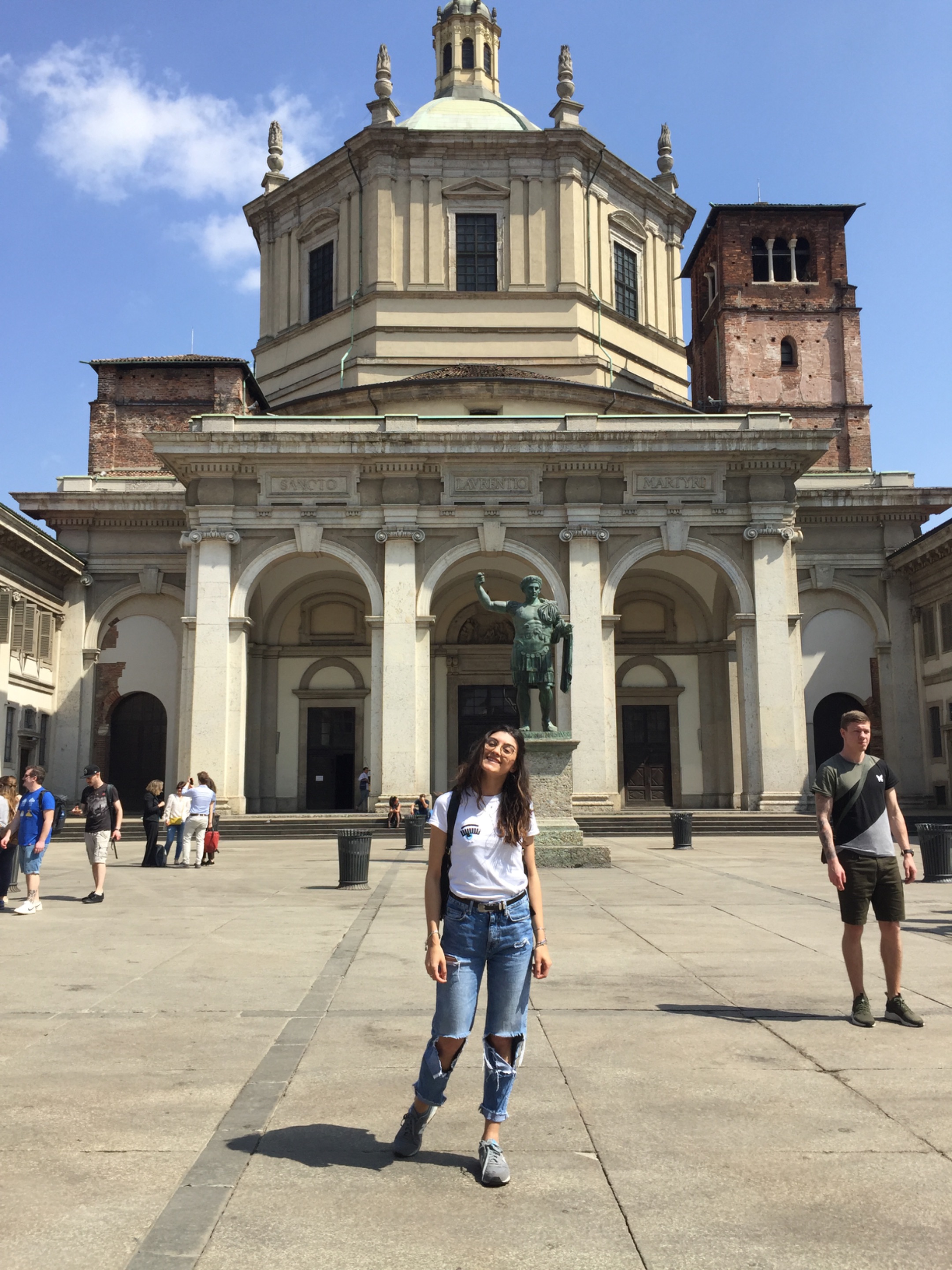
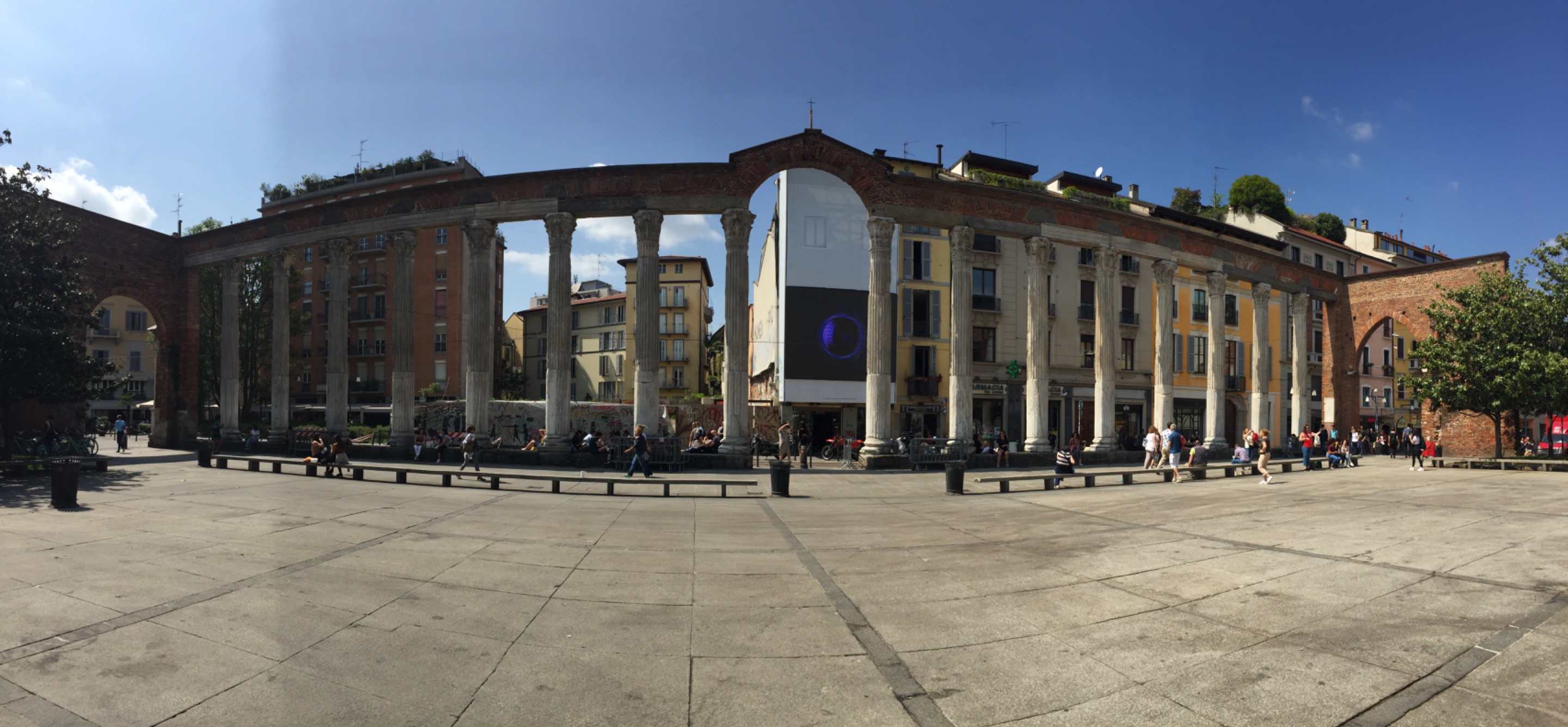
Brera Art Gallery
In this post, I want to focus on one of the most famous artistic places in Milan,
as well as the home of one of the most important art academies in Italy: I’m
obviously talking about the Brera Art Gallery.
It was founded in the early 1800s by Napoleon Bonaparte, as an integral part of
the Academy of Fine Arts, which had been established in the previous century
under Austrian rule to promote the study of art history.
Today, the Brera Art Gallery houses some of the most famous masterpieces of
Italian art. Let’s discover a few together!
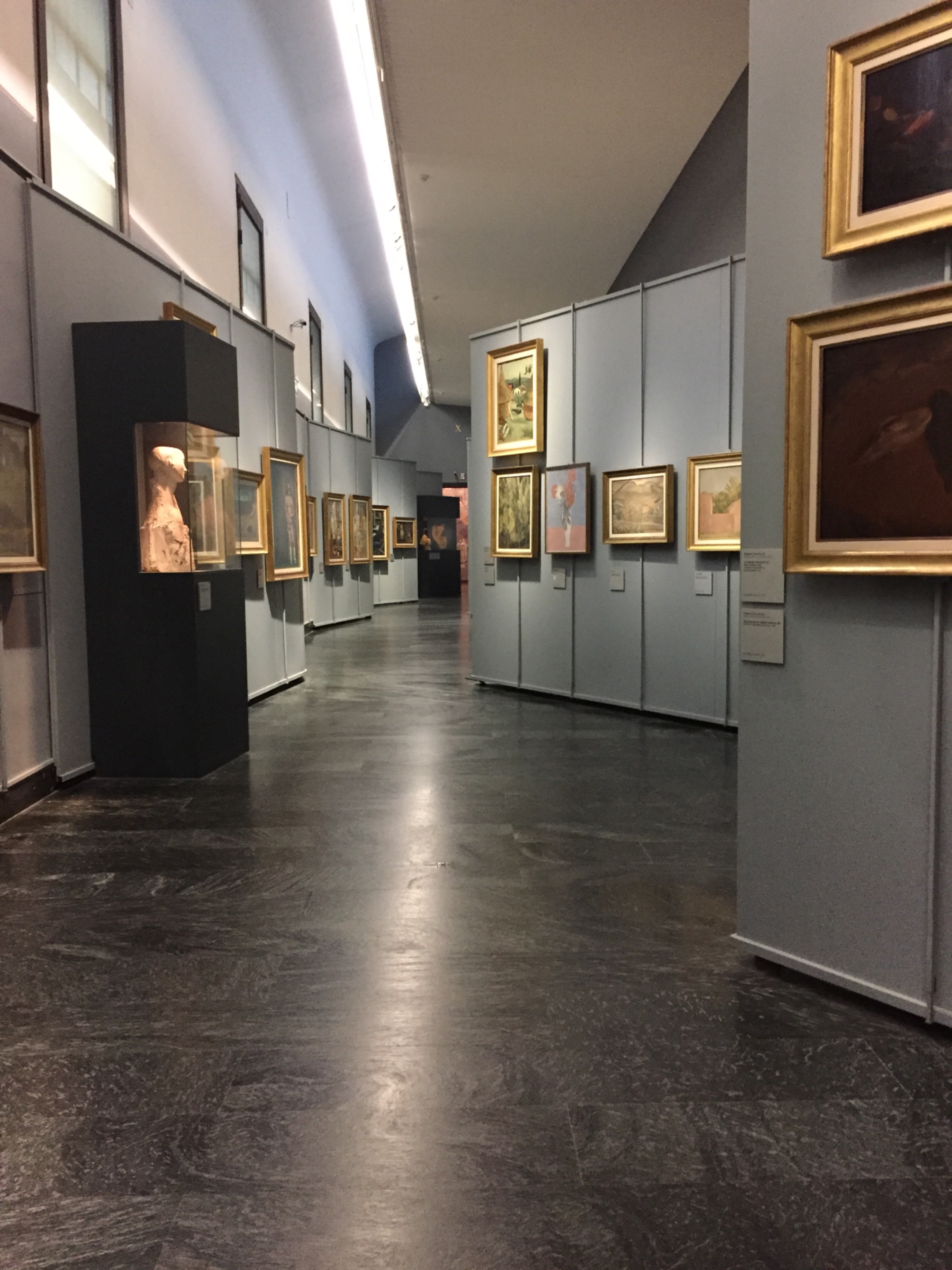
Pinacoteca di Brera
In questo post voglio concentrarmi su uno dei luoghi artistici più celebri di
Milano, nonché sede di una delle accademie d’arte più importanti d’Italia: sto
ovviamente parlando della Pinacoteca di Brera.
Fu fondata nei primi anni del 1800 da Napoleone Bonaparte, come parte
integrante dell’Accademia di Belle Arti, istituita nel secolo precedente dalla
dominazione austriaca per promuovere lo studio della storia dell’arte.
Oggi la Pinacoteca ospita alcuni dei capolavori più famosi dell’arte italiana.
Scopriamone insieme alcuni!
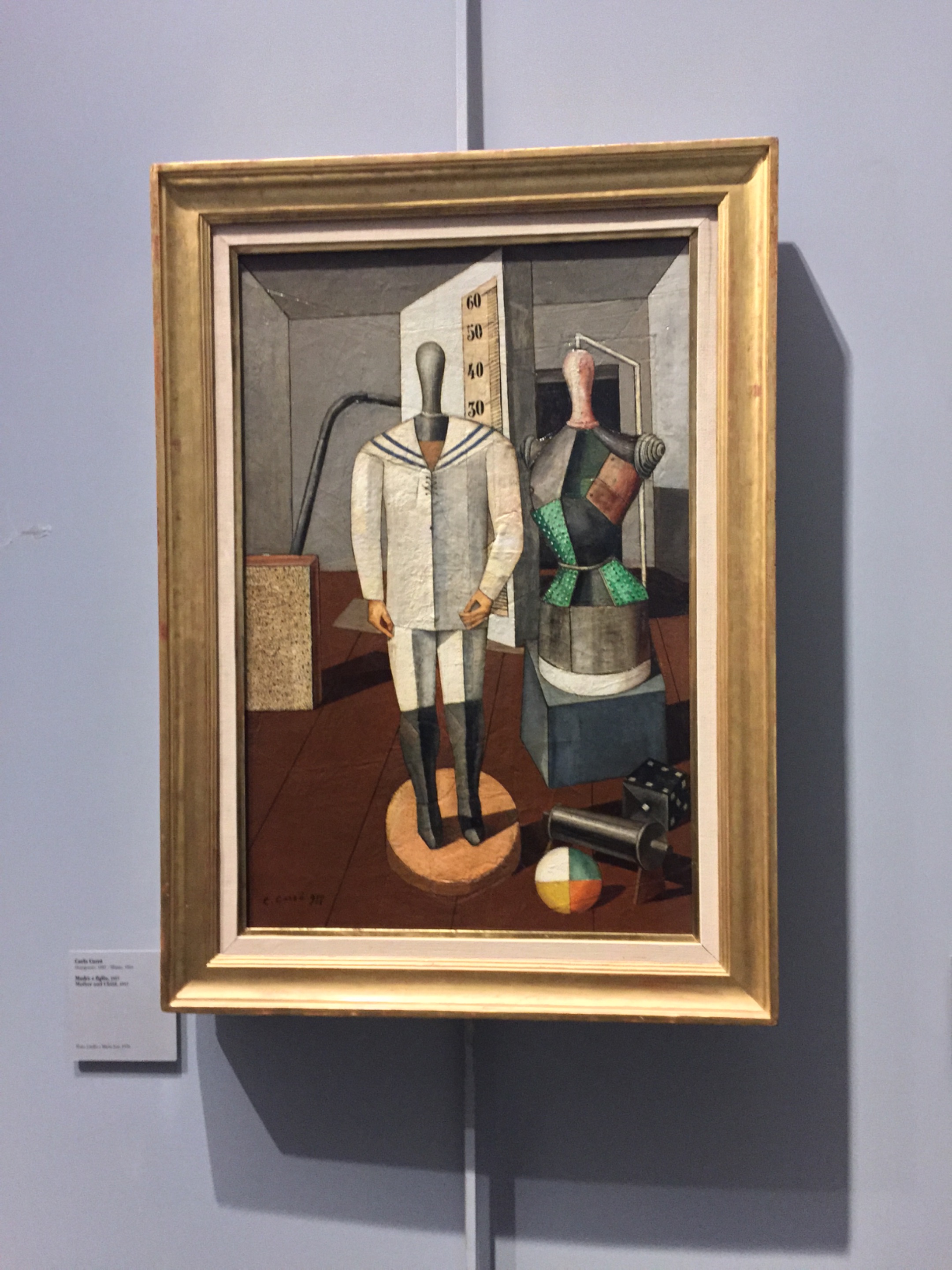
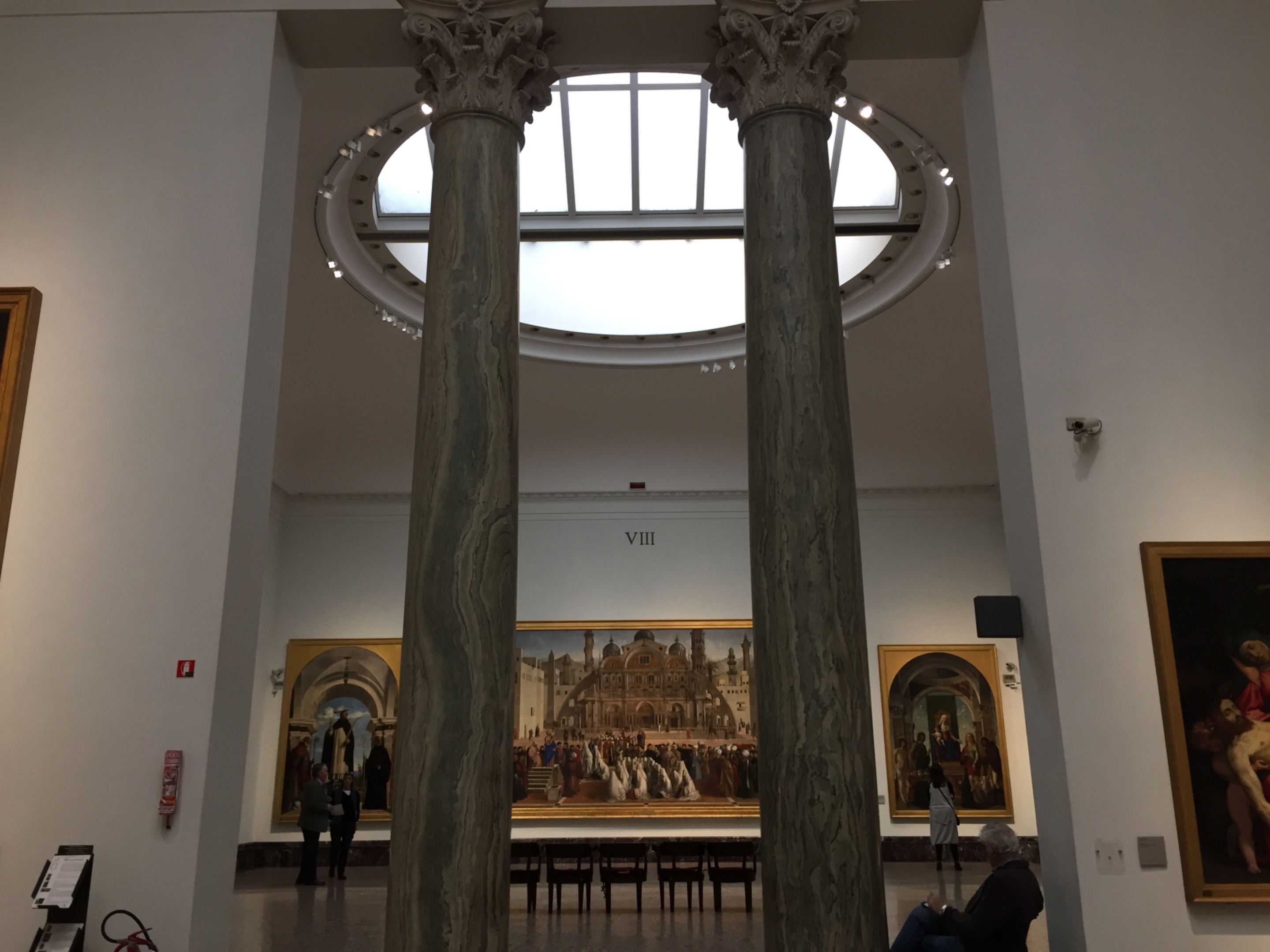
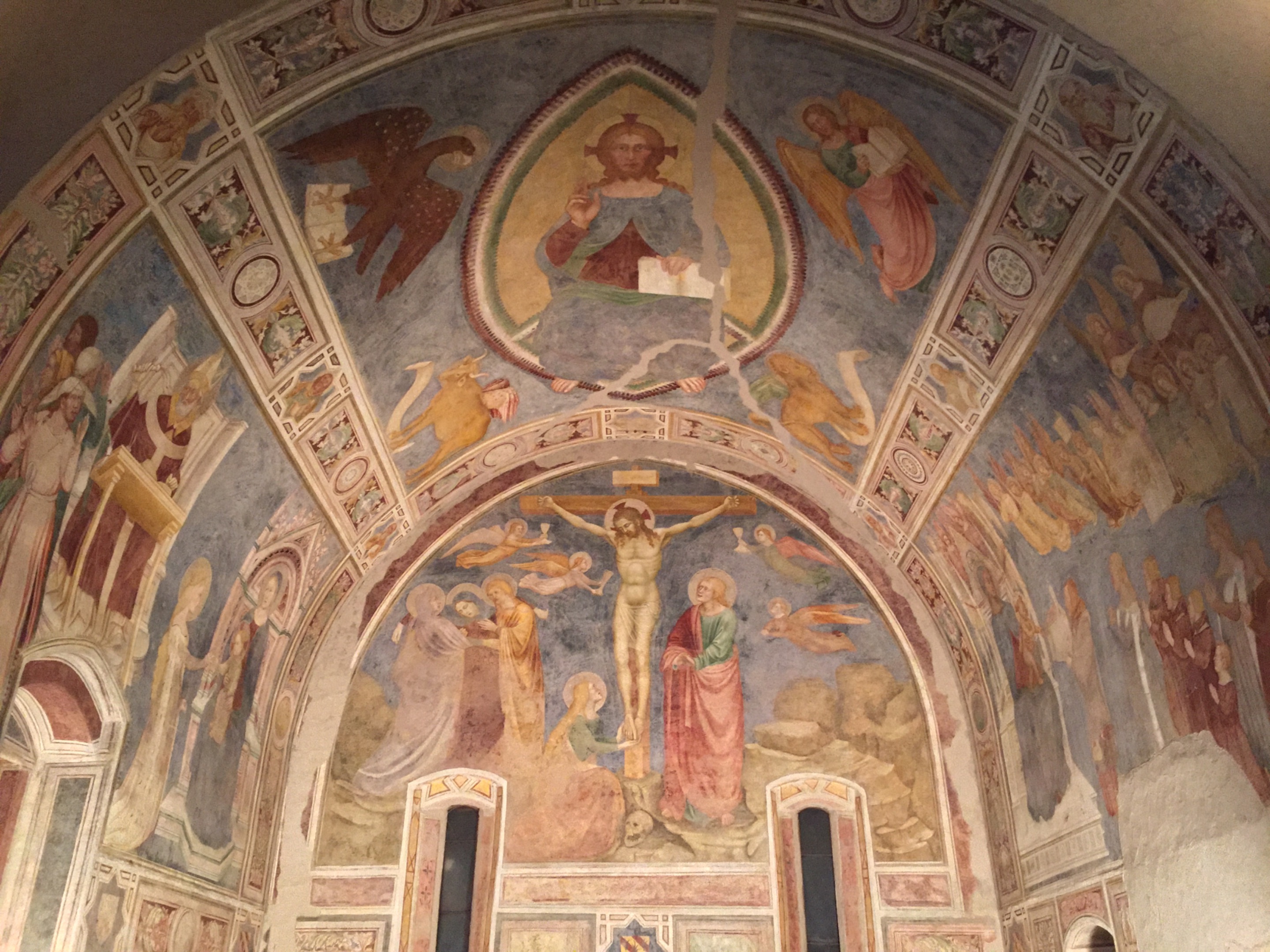
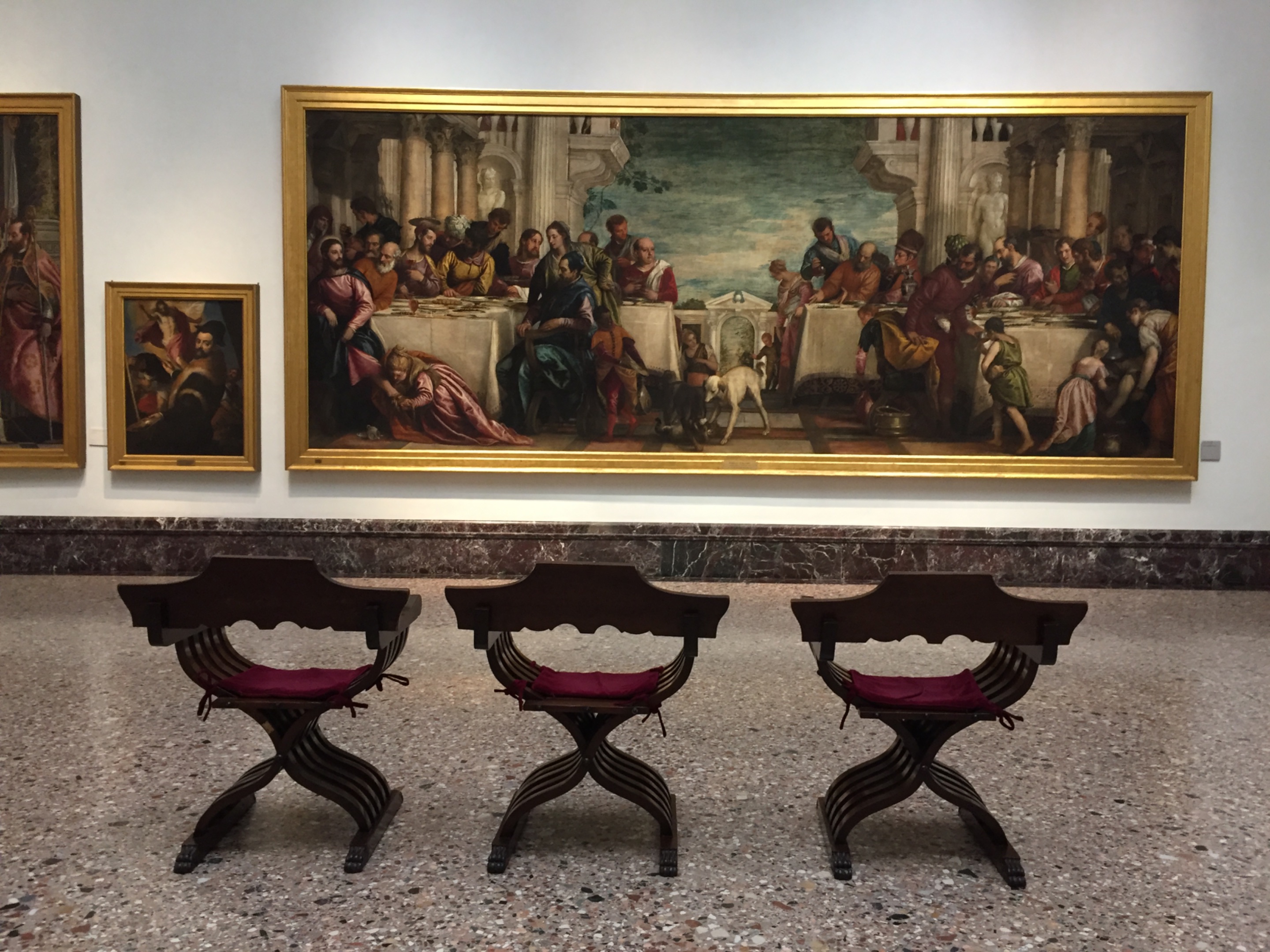
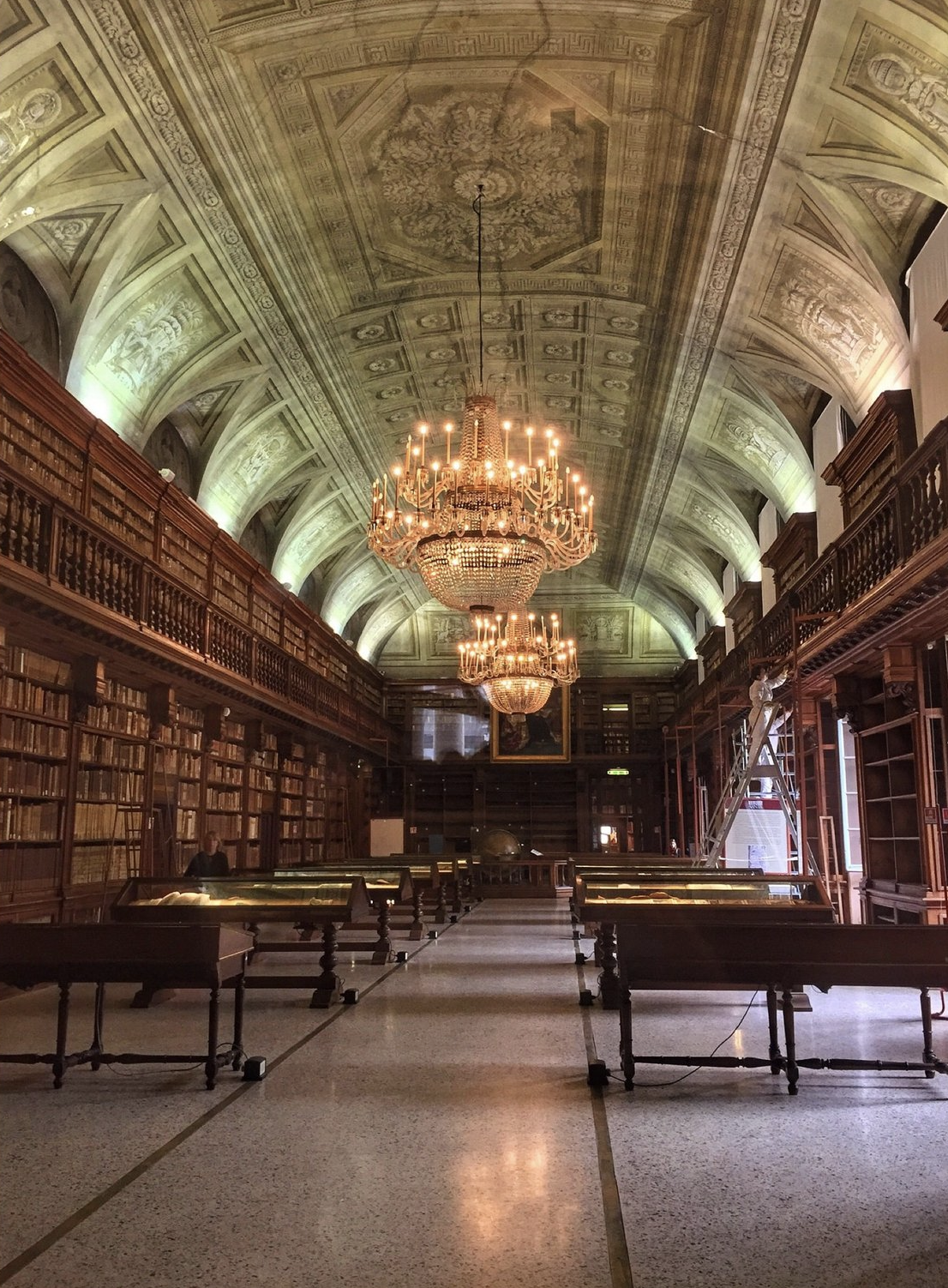
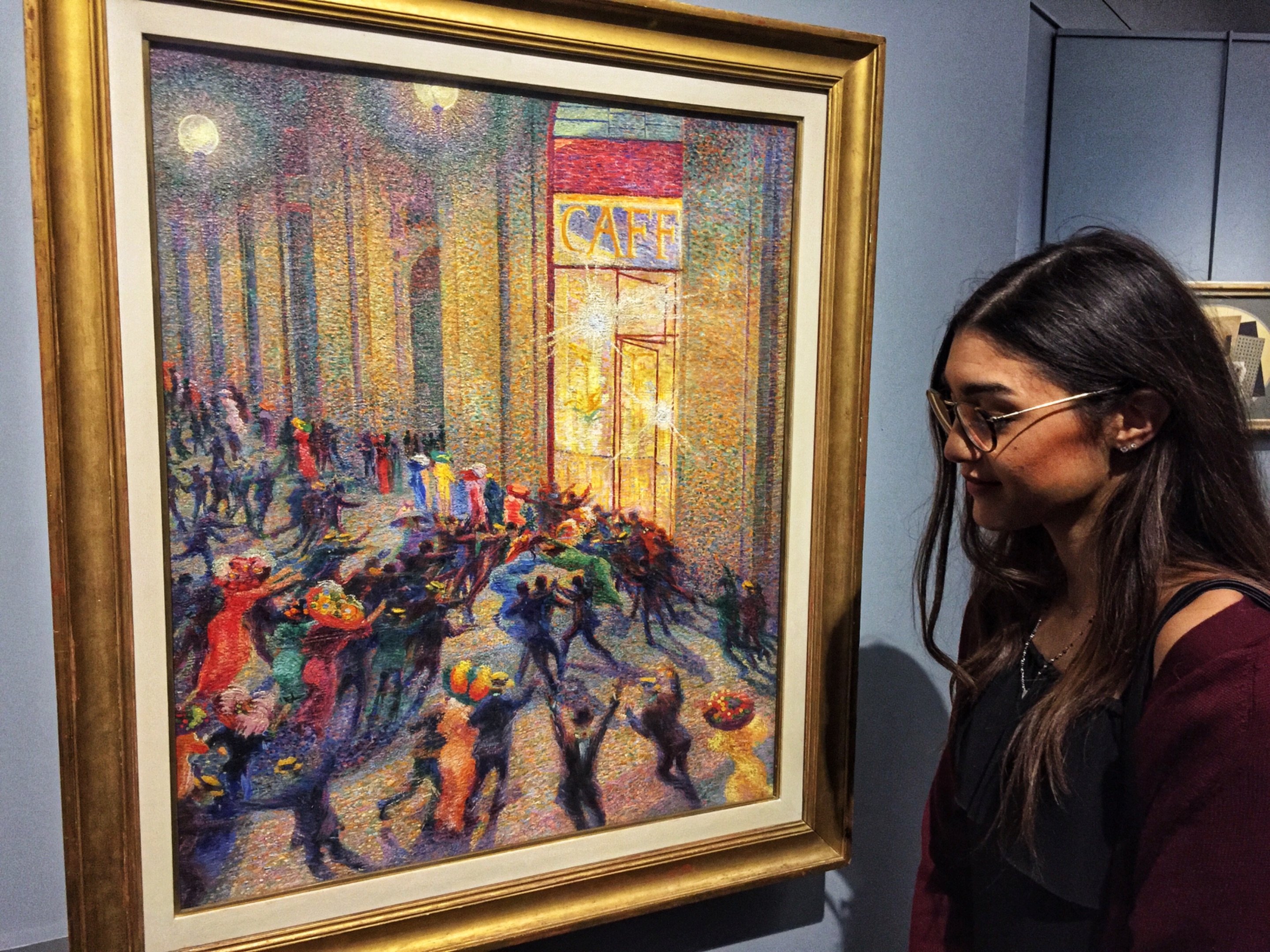
Lo sposalizio della Vergine di Raffaello ( 1504 )
The work was created in the early years of his career, when he was only 21
years old. It was commissioned for a church near Perugia, and you can clearly
see influences from the school of Perugino—for example, the composition is
perfectly balanced and symmetrical, with the most important part of the scene,
the wedding itself, positioned at the center. However, compared to his master,
Raphael’s architectural perspective is much more precise.
The scene depicts the exact moment when Mary and Joseph are married. The
figures are harmonious, and behind them stands a temple. Joseph is placing
the ring on a shy Mary, who turns her face away in a gesture of emotion.
L’opera è stata realizzata nei primi anni di attività, quando aveva solo 21 anni.
Fu richiesta per una chiesa vicino a Perugia infatti sono visibili i tratti legati
alla scuola del Perugino, ad esempio il fatto che la composizione sia
perfettamente bilanciata e simmetrica e che al centro si trovi la parte della
scena più importante ovvero il matrimonio. Ma rispetto al maestro, Raffaello
nell’ottica architettonica è molto più preciso.
La scena vede il momento preciso in cui Maria e Giuseppe si sposano. Le
figure sono armoniche, dietro di loro si vede un tempio. Giuseppe porge
l’anello a una timida Maria che ritrae il volto in segno di commozione.
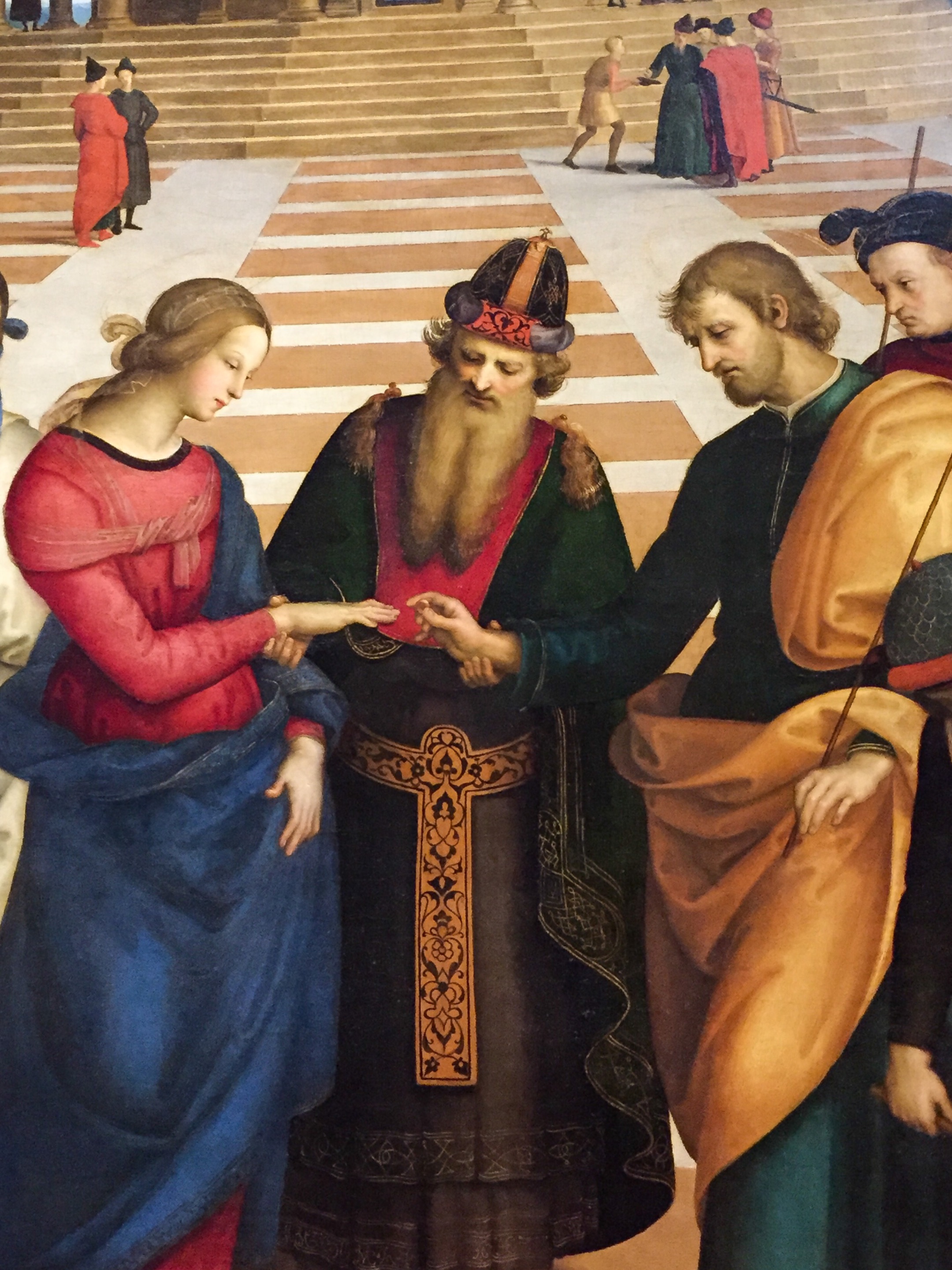
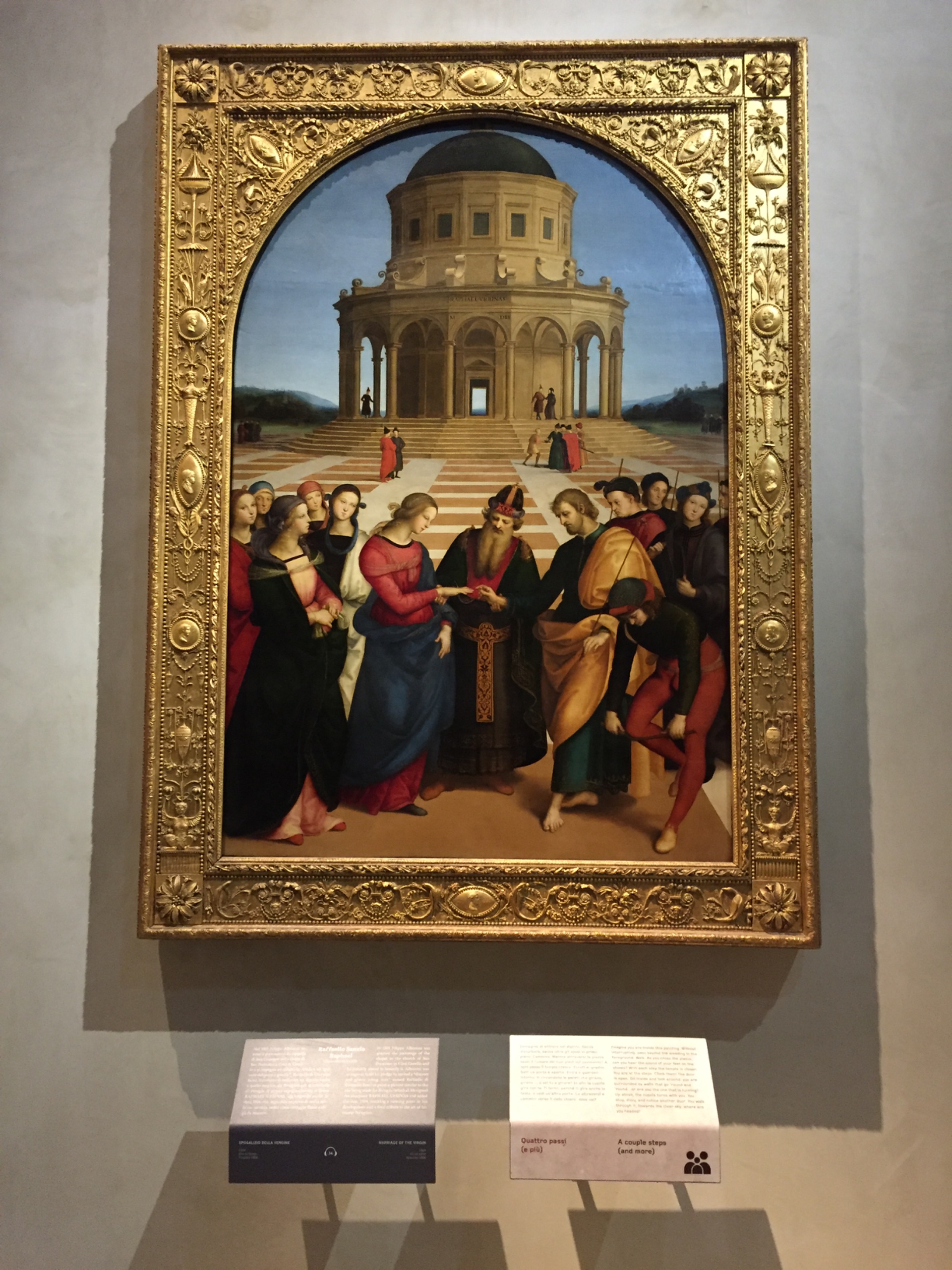
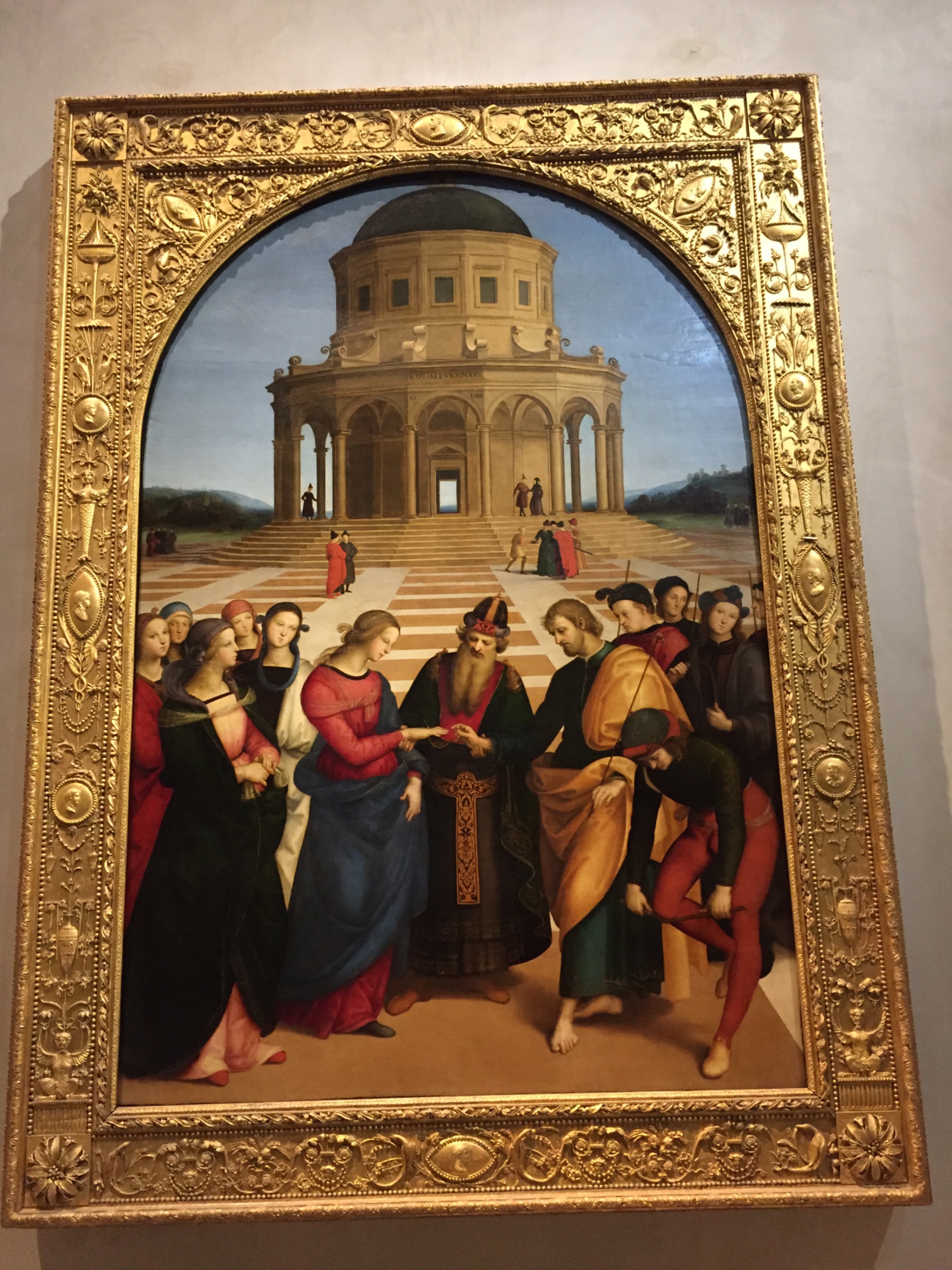
Cristo Morto di Andrea Mantegna (1470‑1483)
The artwork depicts the dead Christ lying down, with his feet facing the viewer. The setting
perfectly conveys the moment, very dark and sad, reflecting the scene.
This work is also important for its perfect use of perspective.
Pala di Brera di Piero della Francesca (1472–1474)
The artwork shows the Virgin with the Child and, kneeling nearby, the Duke of Urbino,
Federico Montefeltro, who had commissioned the piece.
Here too, you can see perfect order and geometric symmetry.
Cristo Morto di Andrea Mantegna (1470‑1483)
Nell’opera è raffigurato il Cristo morto e disteso con i piedi rivolti verso
lo spettatore. L’ambiente rappresenta perfettamente il momento, molto
cupo e triste proprio a raffigurare la scena.
Anche quest’opera è importante per la sua perfetta prospettiva.
Pala di Brera di Piero della Francesca (1472–1474)
L’opera mostra la Vergine con il bambino e vicino a loro, inginocchiato, il
duca di Urbino Federico Montefeltro che aveva proprio commissionato
l’opera.
Anche qui si può vedere l’ordine perfetto e la geometrica simmetria.
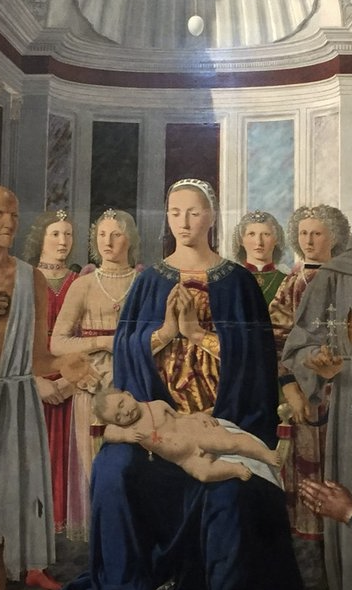
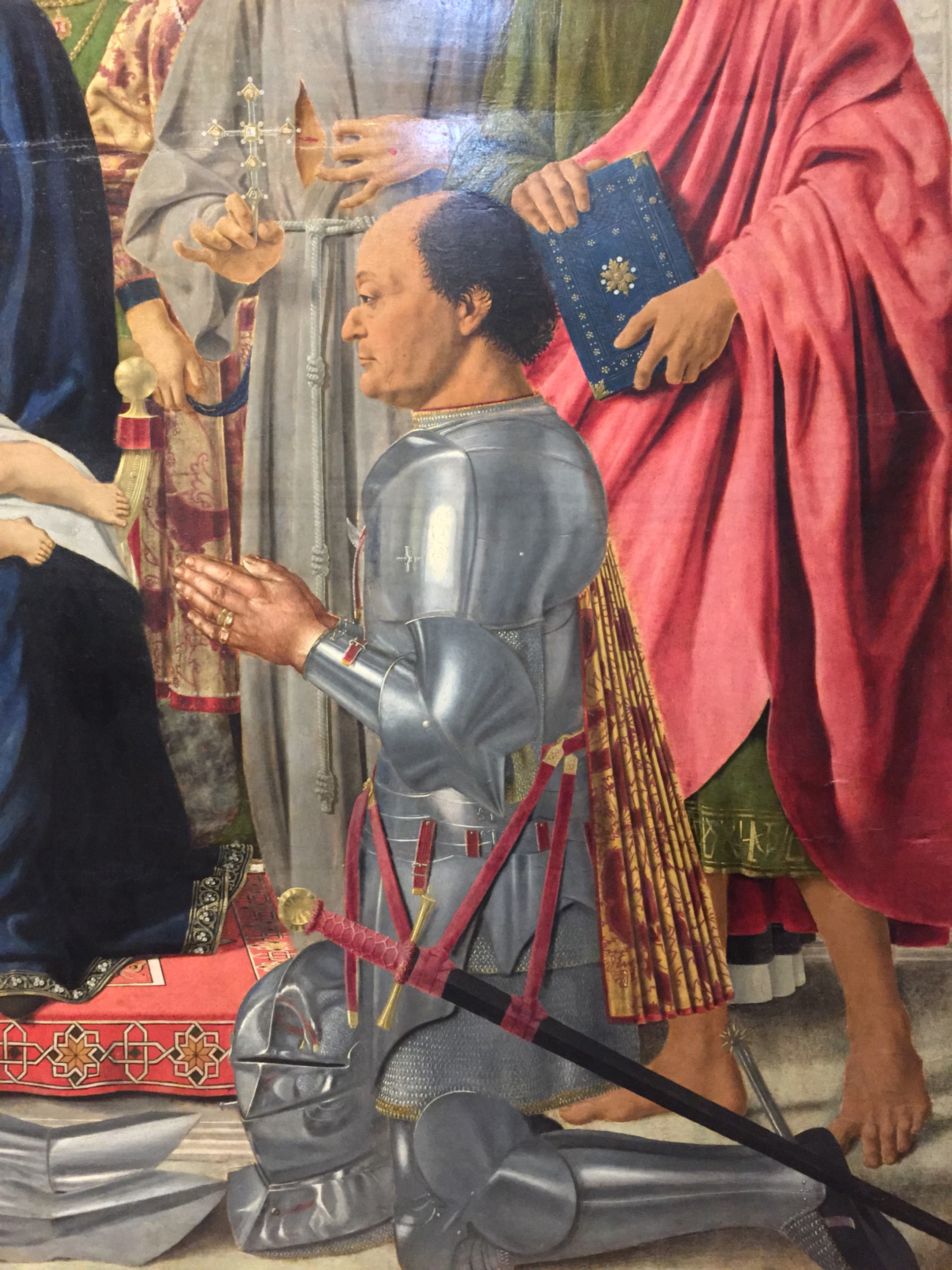
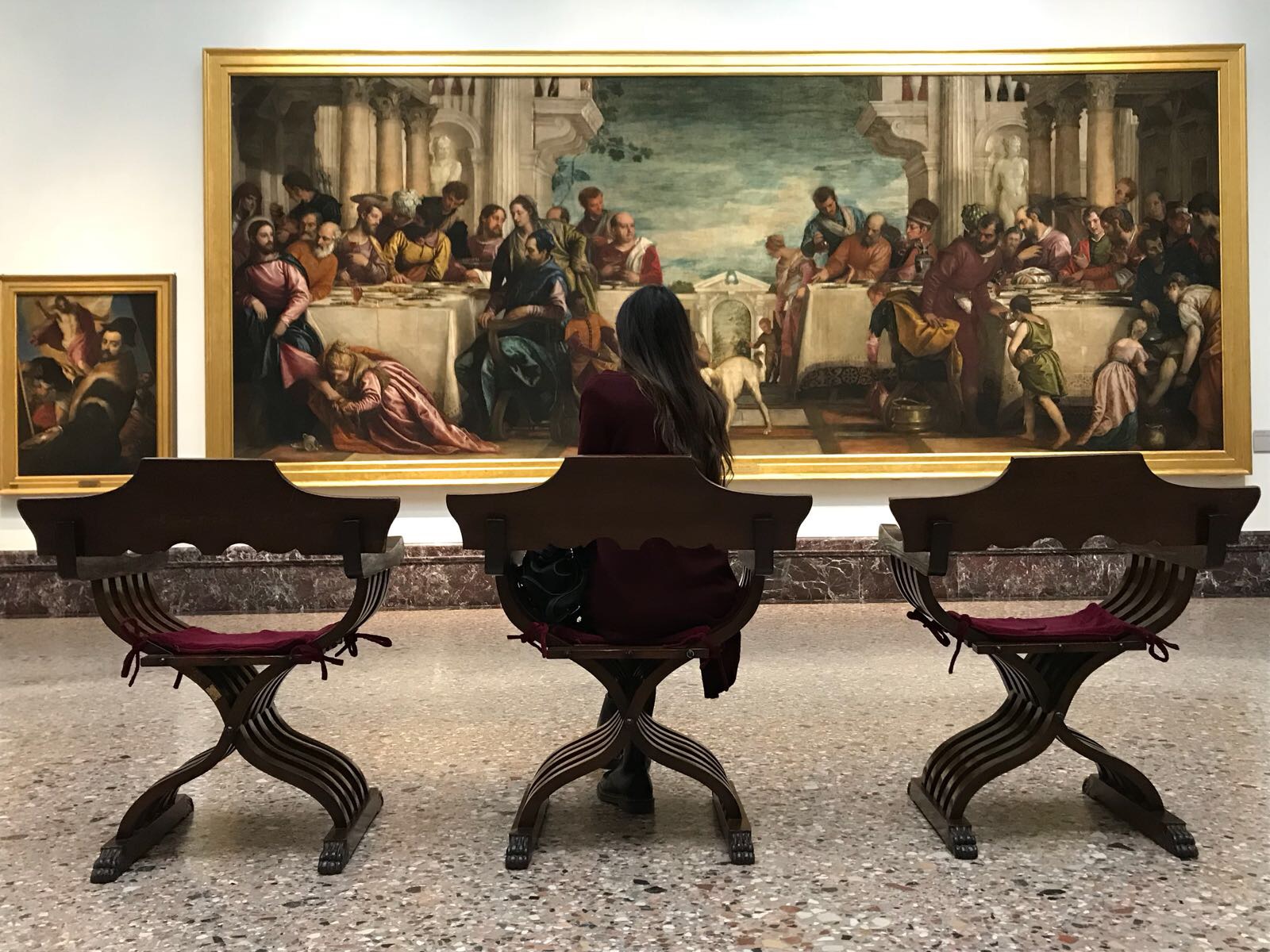

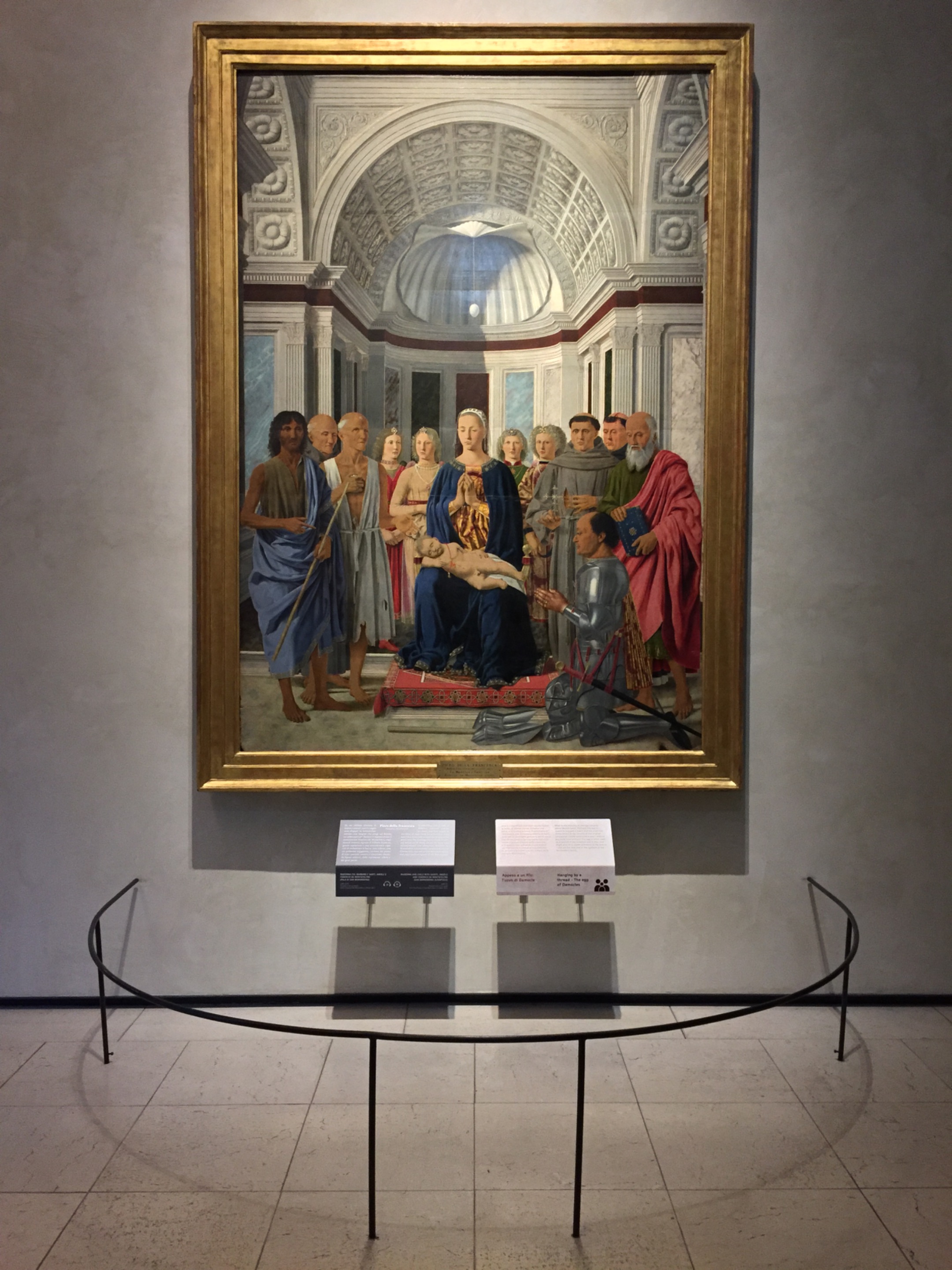
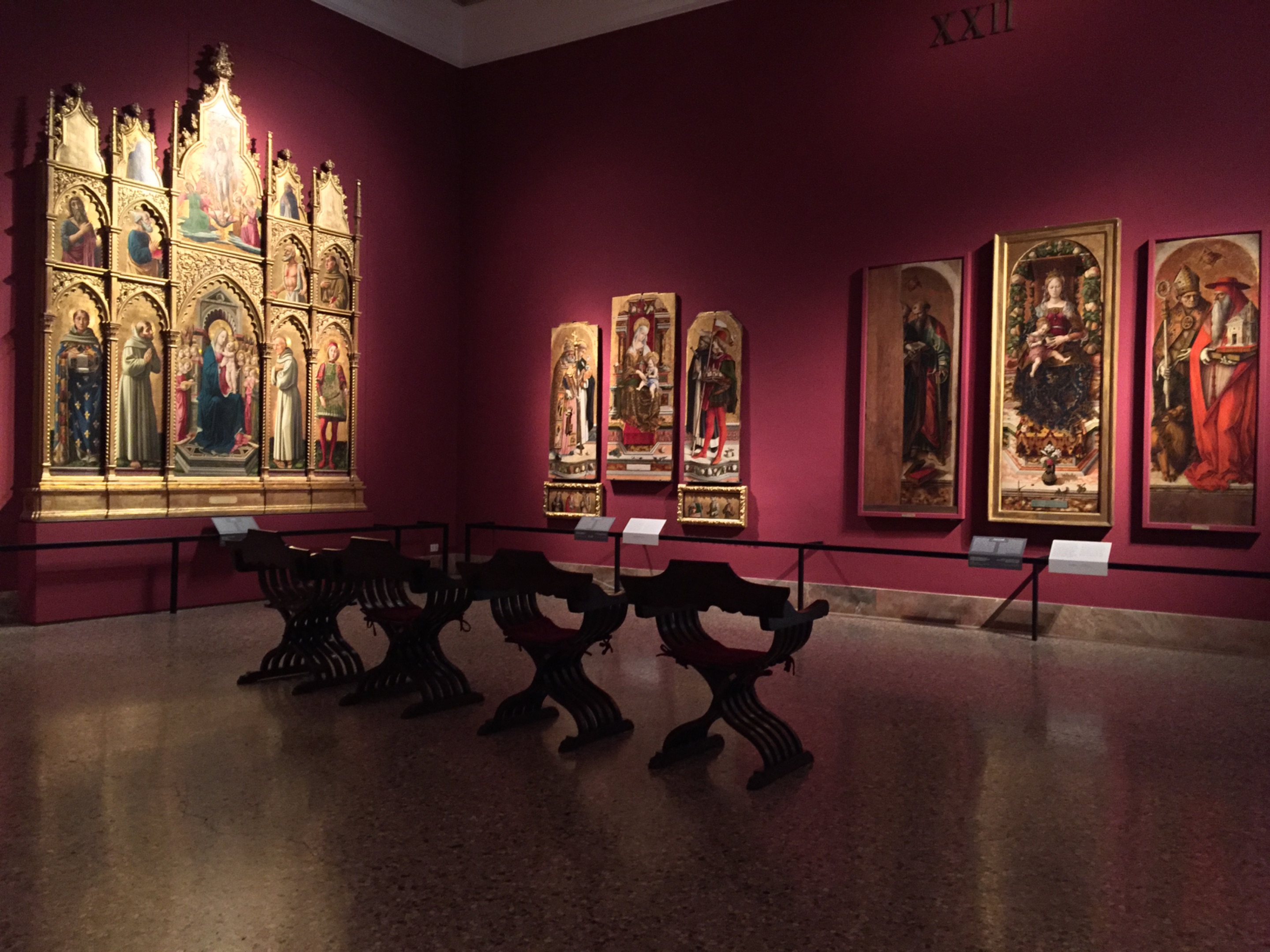
Il Bacio - Francesco Hayez (1859)
The painting depicts a couple passionately kissing. It is one of the most
famous depictions of a kiss in the world. Beyond being a symbol of Italian
Romanticism, the painting also carries a strong patriotic meaning, as it was
created during Italy’s Wars of Independence for unification.
The kiss expresses the love between the two lovers, a probable farewell
because the man is likely going to war, and the sacrifice made for the
homeland.
Il dipinto rappresenta una coppia che si bacia appassionatamente. E’ una delle
opere che raffigura il bacio più famosa al mondo. Il dipinto oltre che simbolo
del romanticismo italiano è anche elemento di patriottismo, cade proprio
durante le guerre di indipendenza dell’Italia per l’ottenimento dell’unificazione.
Nel bacio è racchiuso l’amore tra i due amanti, l’addio molto probabilmente
perché lui dovrà andare in guerra e il sacrificio per la patria.
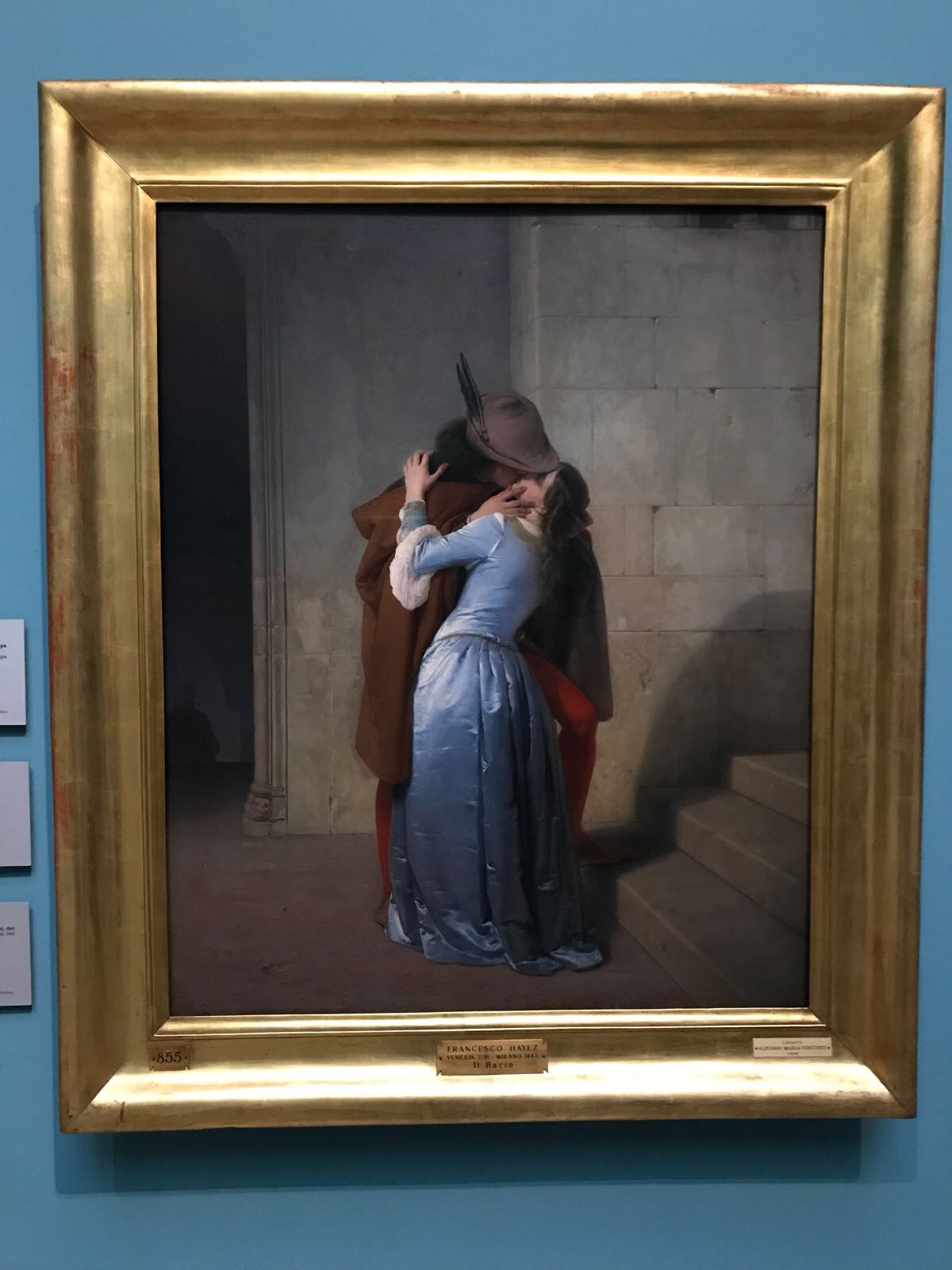
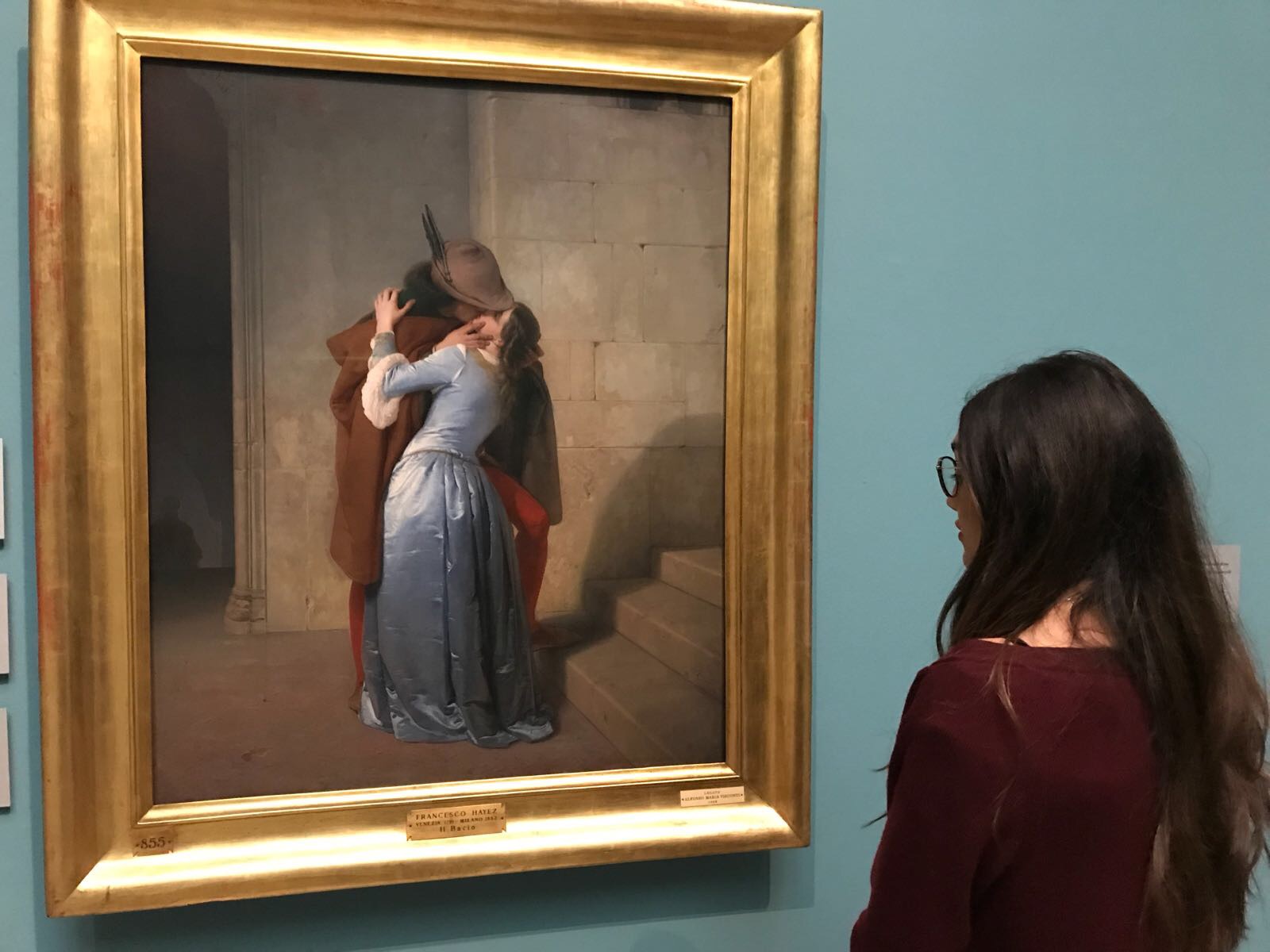
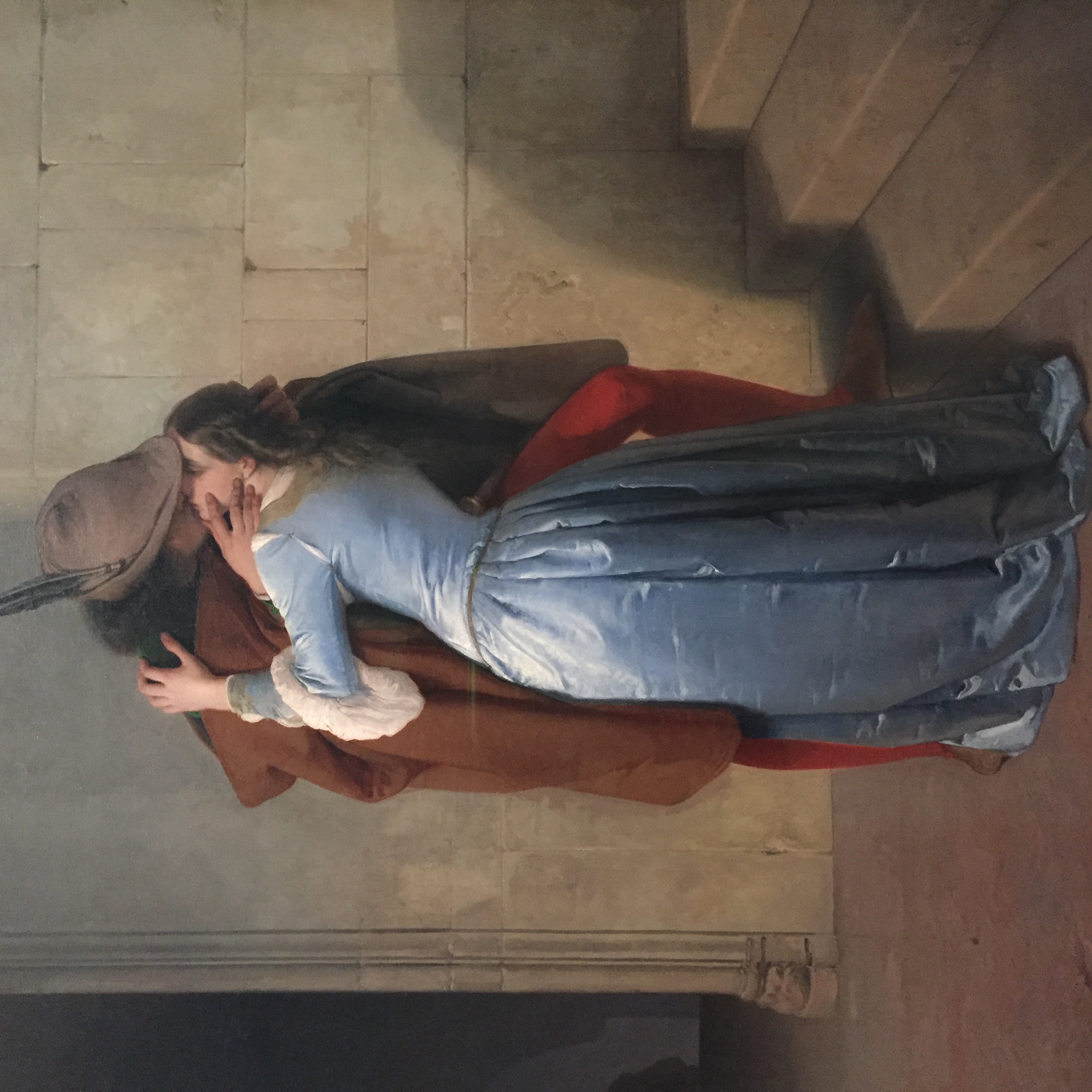
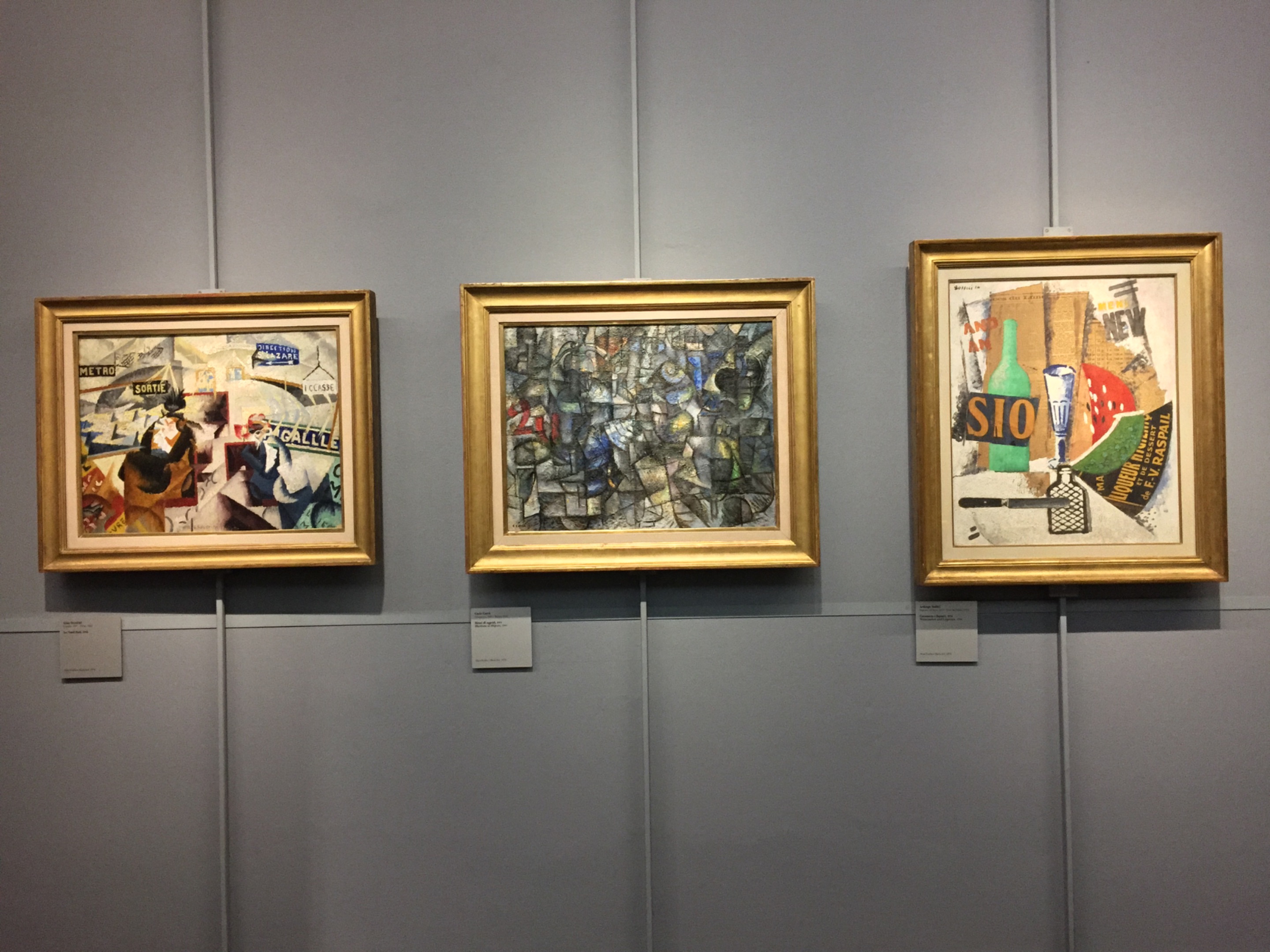
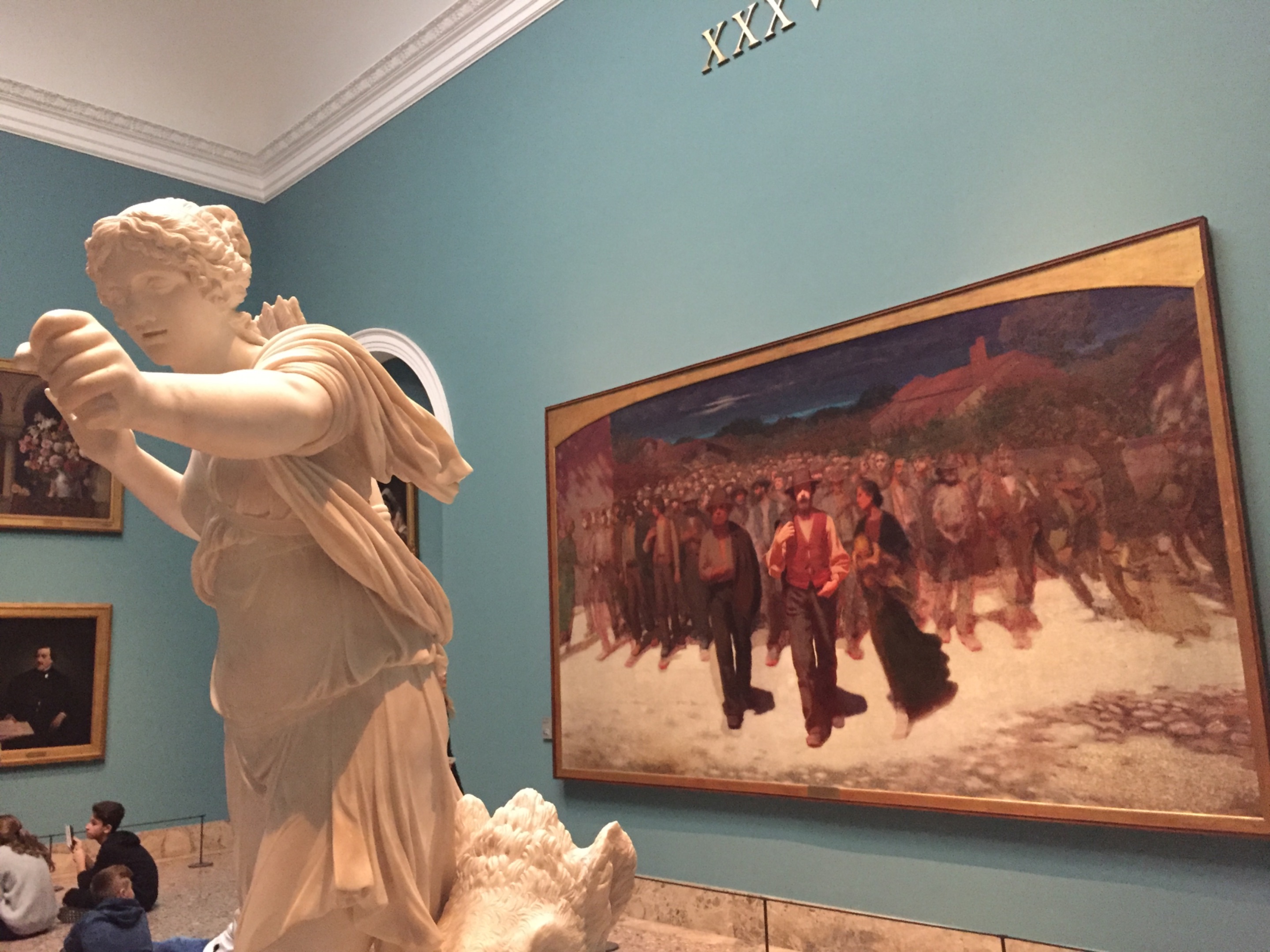
When talking about Milan, one cannot fail to mention its magnificent Piazza del
Duomo with the grand Cathedral and the Galleria Vittorio Emanuele.
These are also symbols of the city and architectural supremacy.
The Duomo is a symbol of Gothic architecture, while the Galleria represents
the new Renaissance.
If you find yourself nearby, I absolutely recommend visiting this little gem.
Until the next post,
Chiara.
Quando si parla di Milano non si può non nominare la sua meravigliosa piazza
Duomo con il grande Duomo e la Galleria Vittorio Emanuele.
Anche questi simboli della città e supremazia architettonica.
Il duomo simbolo del gotico mentre la galleria è simbolo del rinascimento
nuovo.
Se vi trovate nei paraggi vi consiglio assolutamente la visita a questo piccolo
gioiello.
Al prossimo post
Chiara.
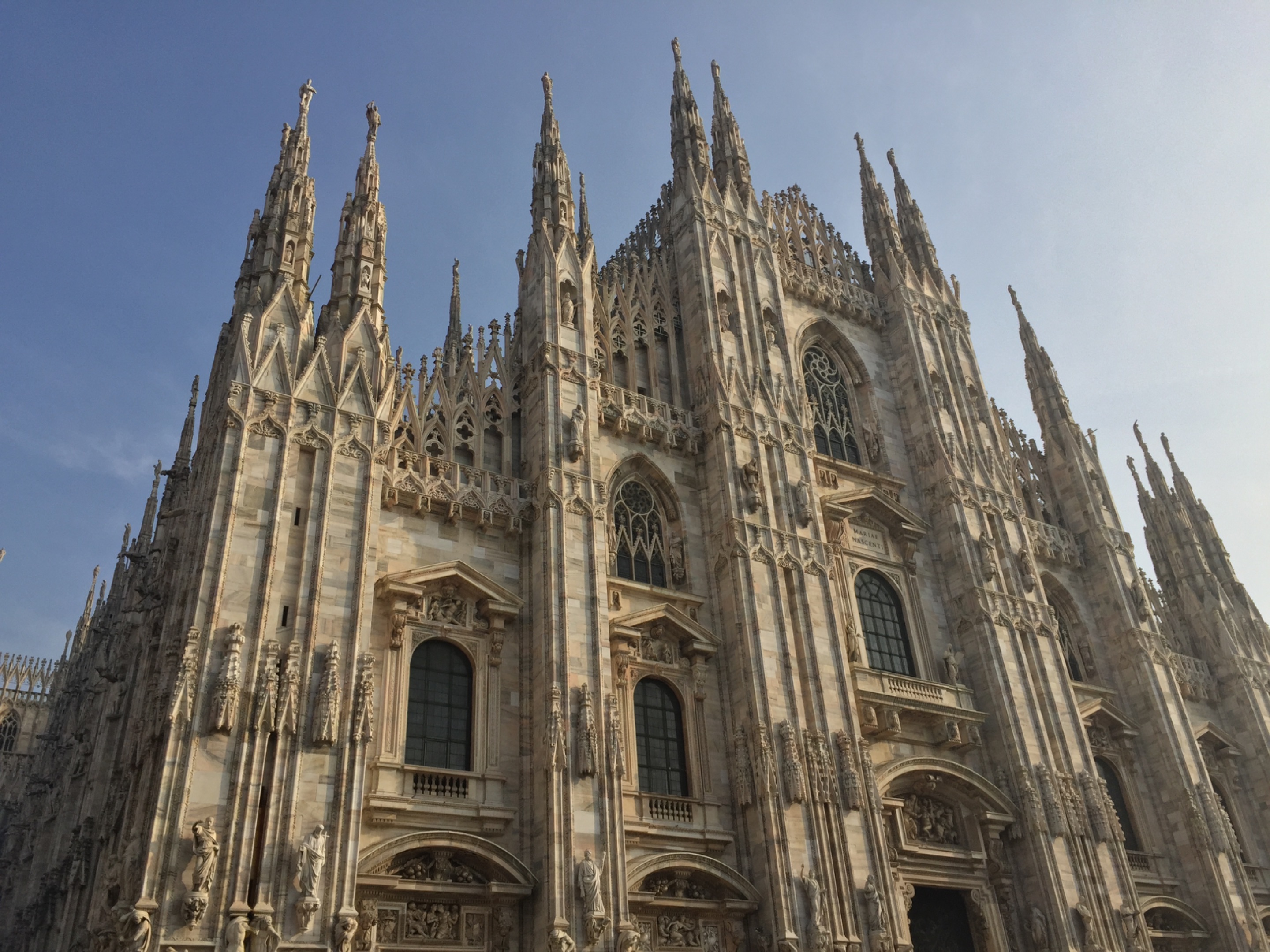
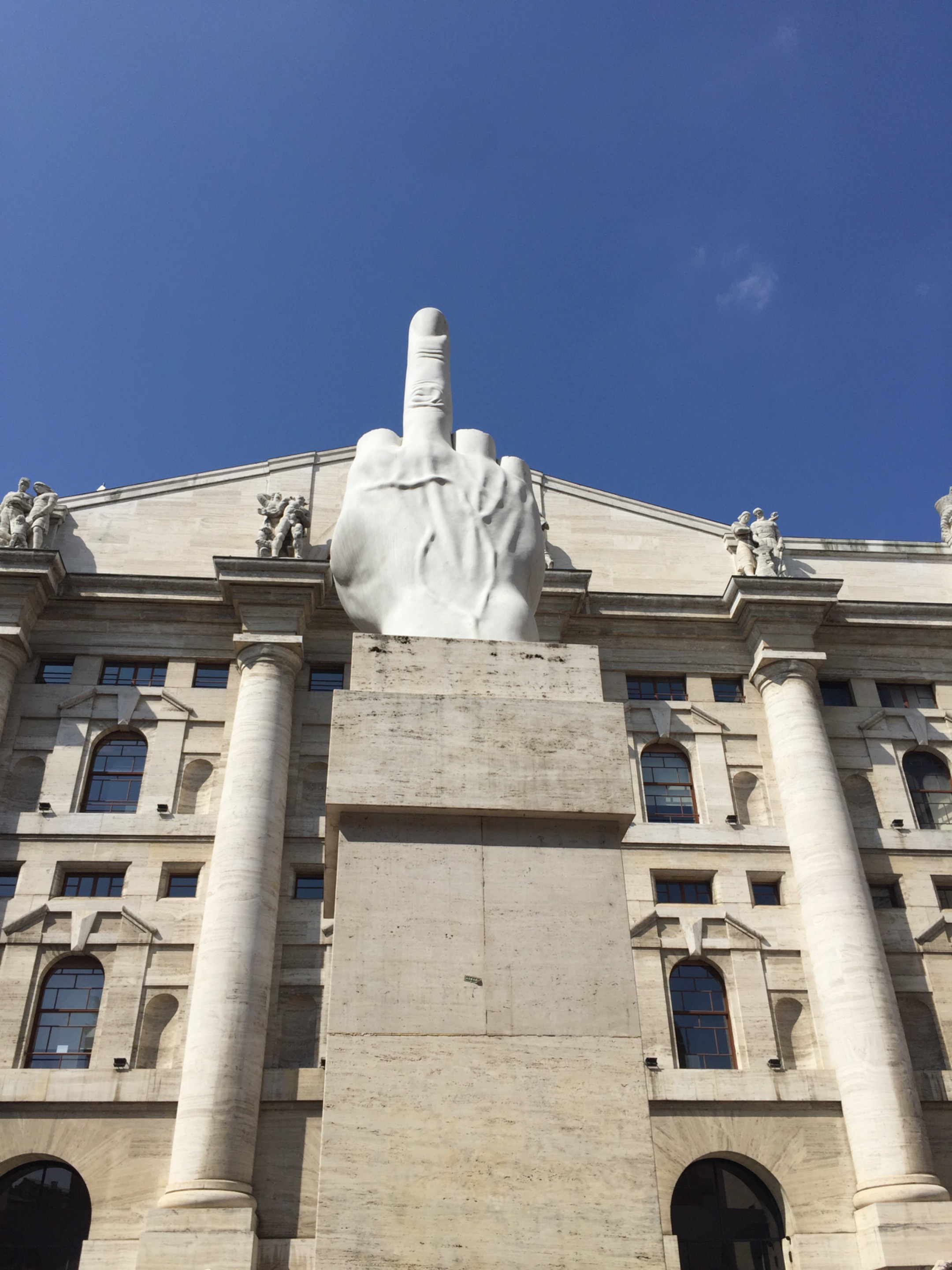
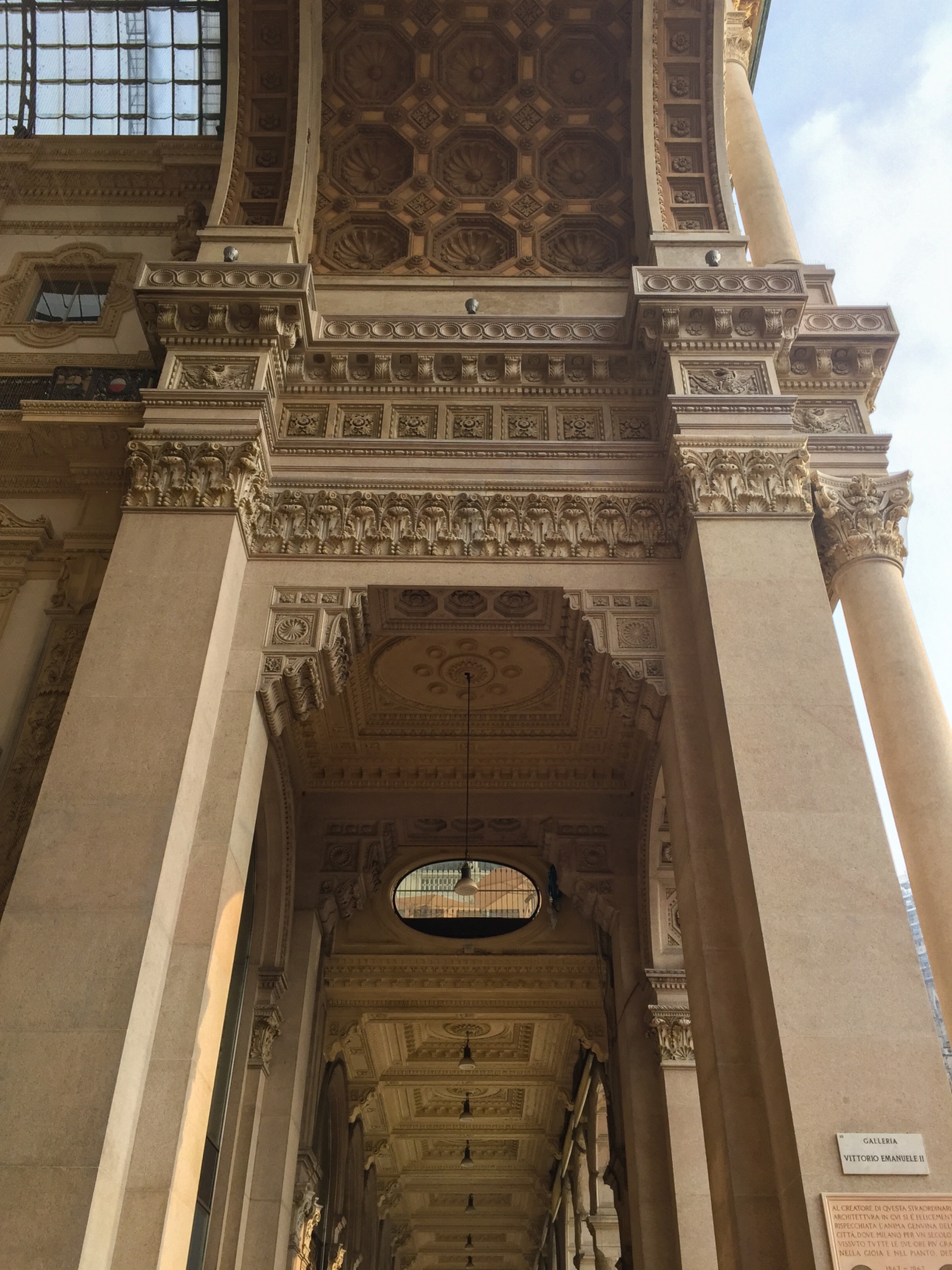
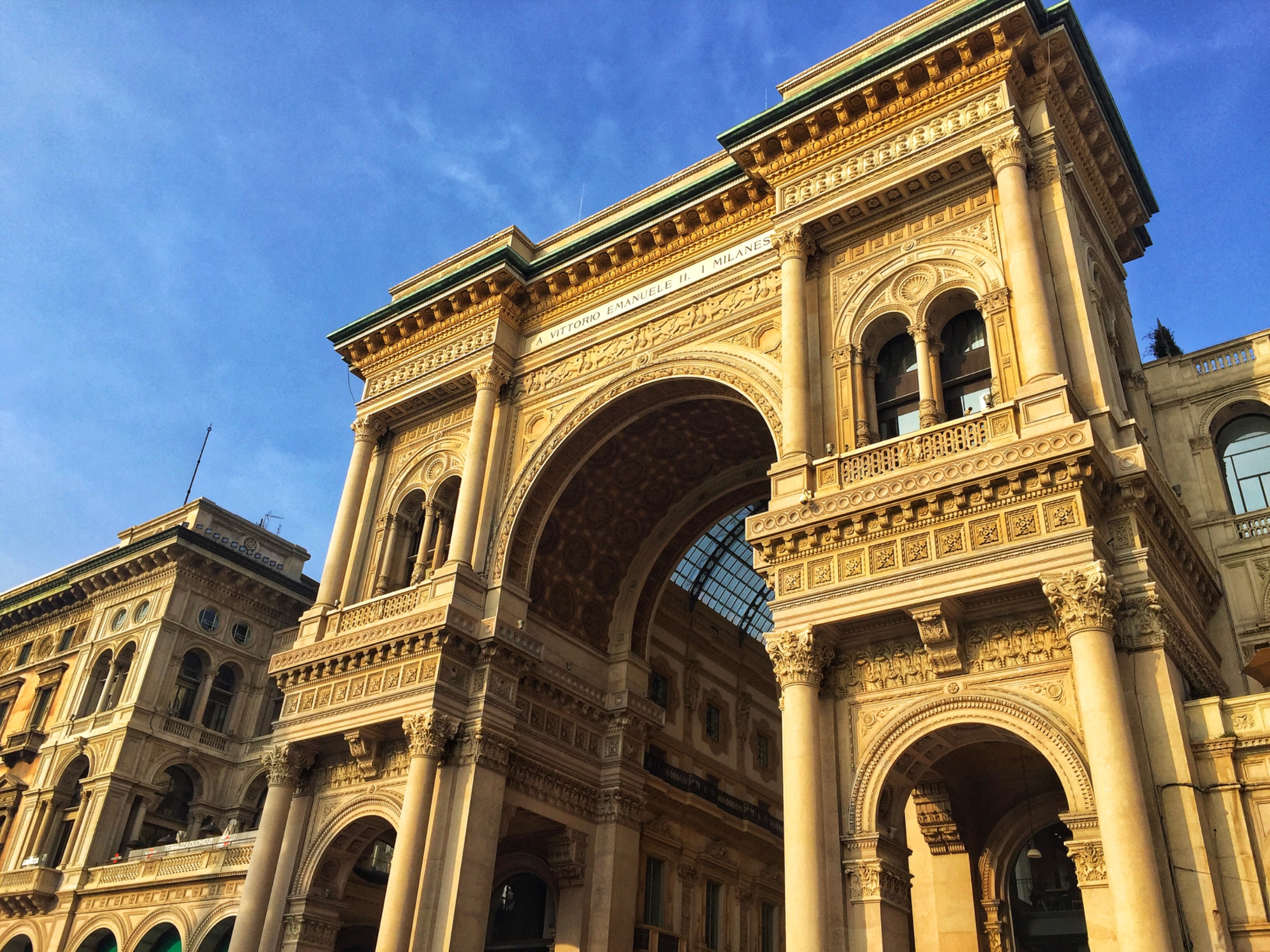
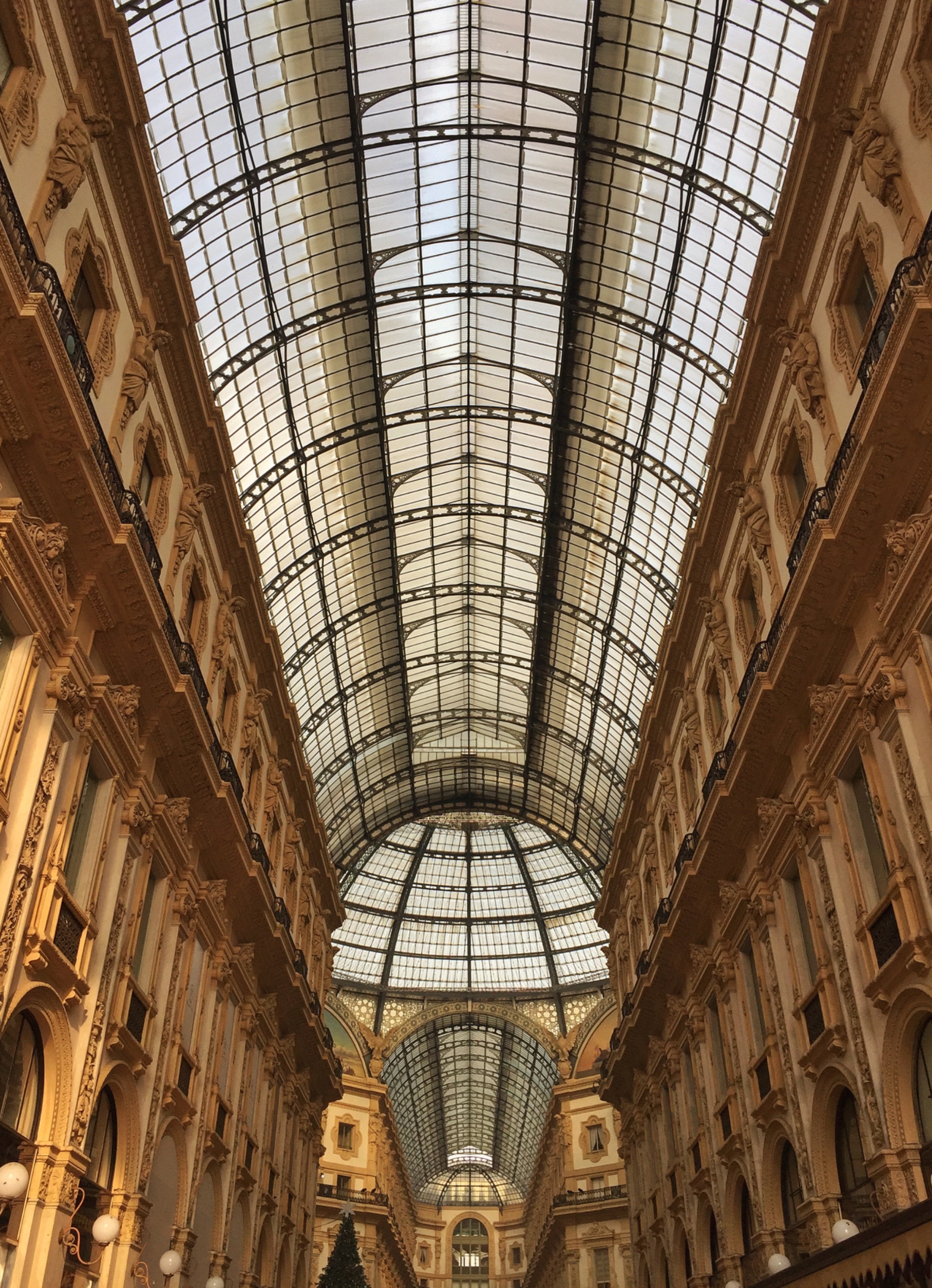































Comments (5)
You can check out this post and your own profile on the map. Be part of the Worldmappin Community and join our Discord Channel to get in touch with other travelers, ask questions or just be updated on our latest features.
I love your post! 💞
Thank you 🥰
Ancora mai stato alla Piancoteca di Brera: mi sa che la devo aggiungere alla lista obbligatoria di musei da vedere, dato che c'è anche il Bacio di Hayez, uno dei miei dipinti preferiti 😍
Hiya, @ybanezkim26 here, just swinging by to let you know that this post made it into our Honorable Mentions in Travel Digest #2644.
Your post has been manually curated by the @worldmappin team. If you like what we're doing, please drop by to check out all the rest of today's great posts and consider supporting other authors like yourself and us so we can keep the project going!
Become part of our travel community:
Thank you so much @ybanezkim26 and @worldmappin ❤️
You are very welcome @be-claere! it was well deserved. ☀️ We are already looking forward to reading more about your adventures!
Congratulations @be-claere! You have completed the following achievement on the Hive blockchain And have been rewarded with New badge(s)
Your next target is to reach 6000 upvotes.
You can view your badges on your board and compare yourself to others in the Ranking If you no longer want to receive notifications, reply to this comment with the word
STOPCheck out our last posts: